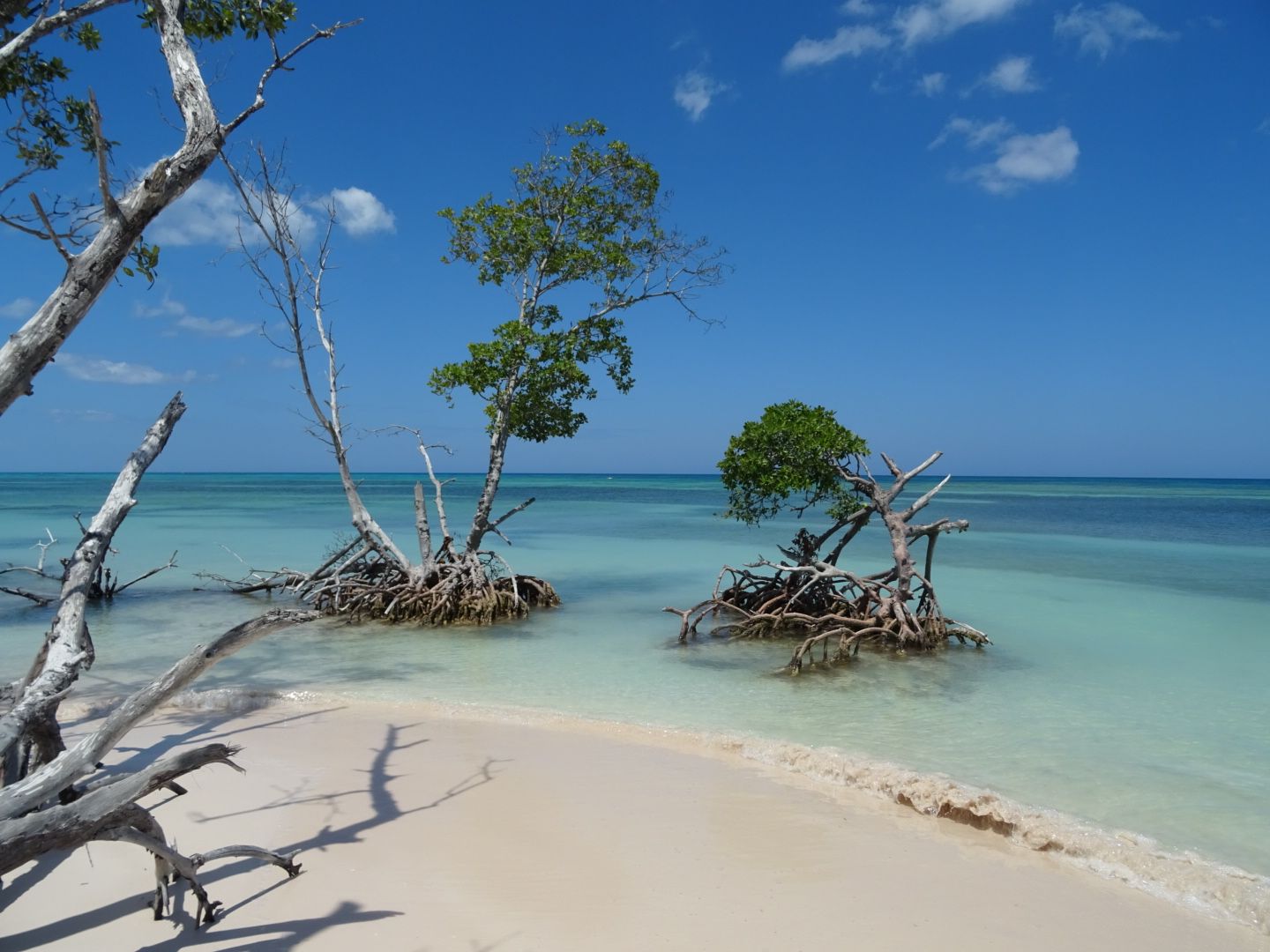Chile, from Santiago to the 'Little South'
Жарияланды: 02.03.2023
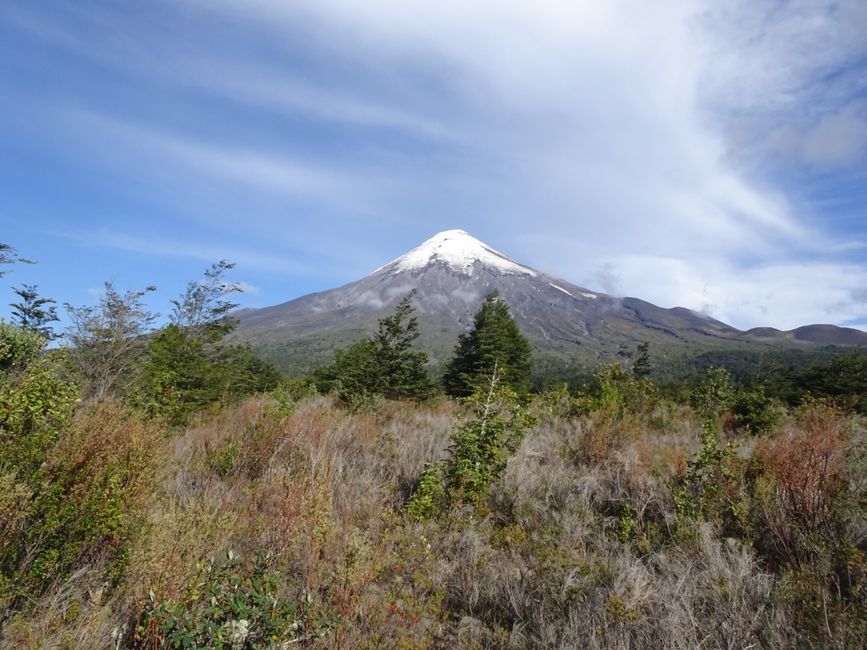
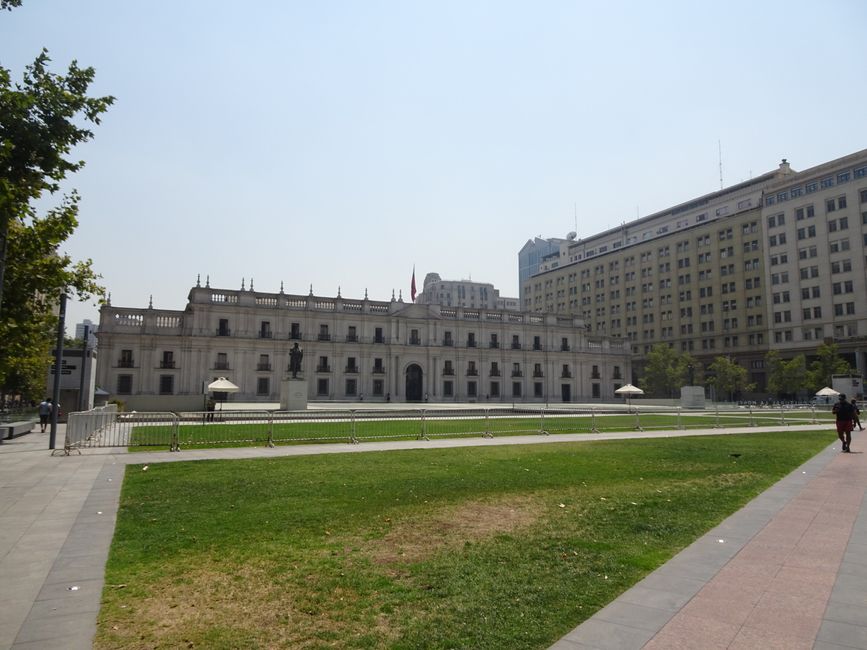
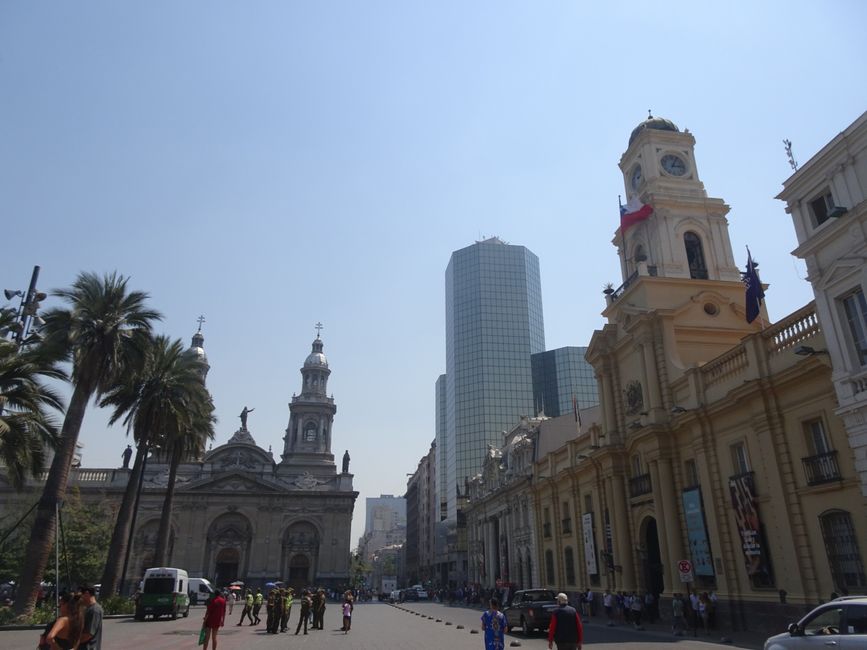
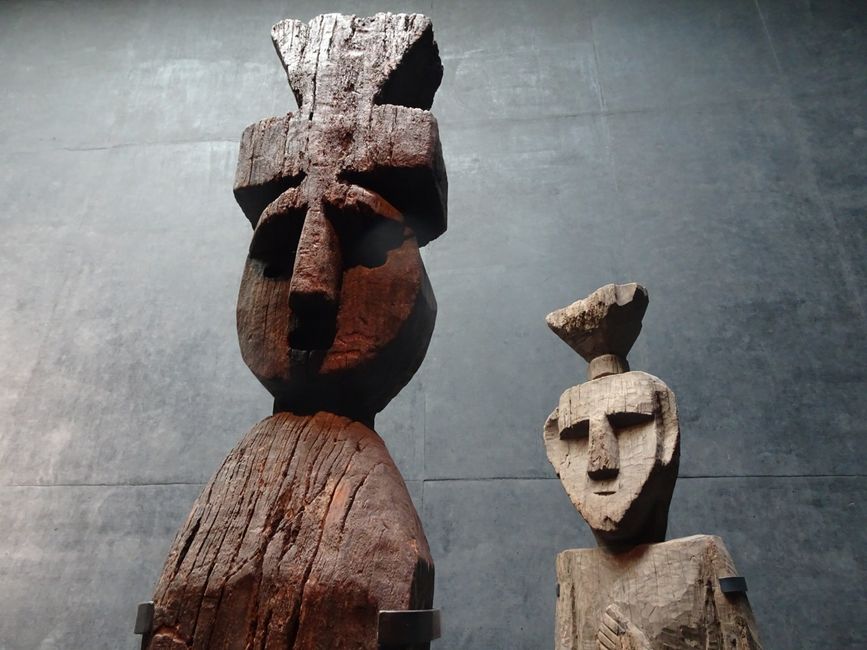
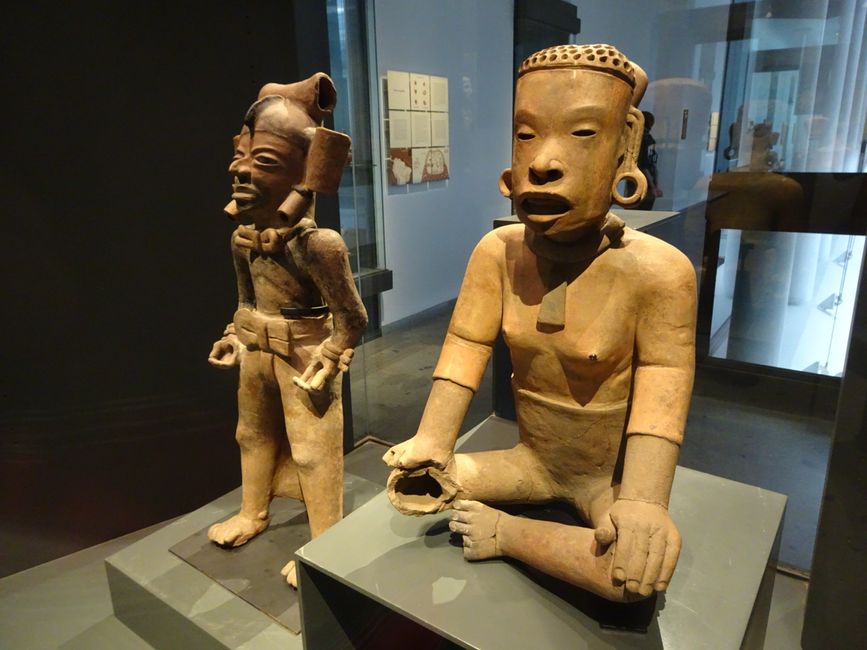
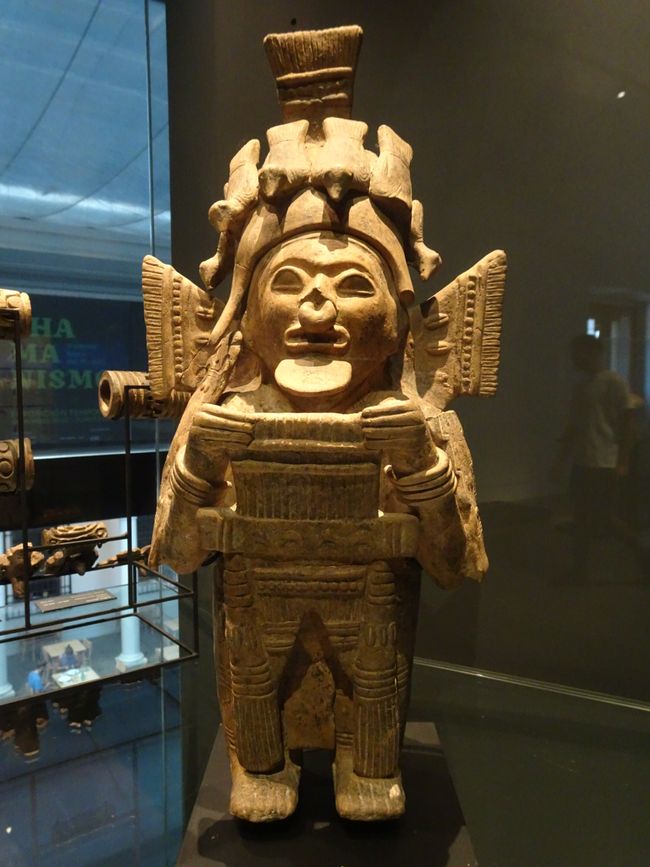
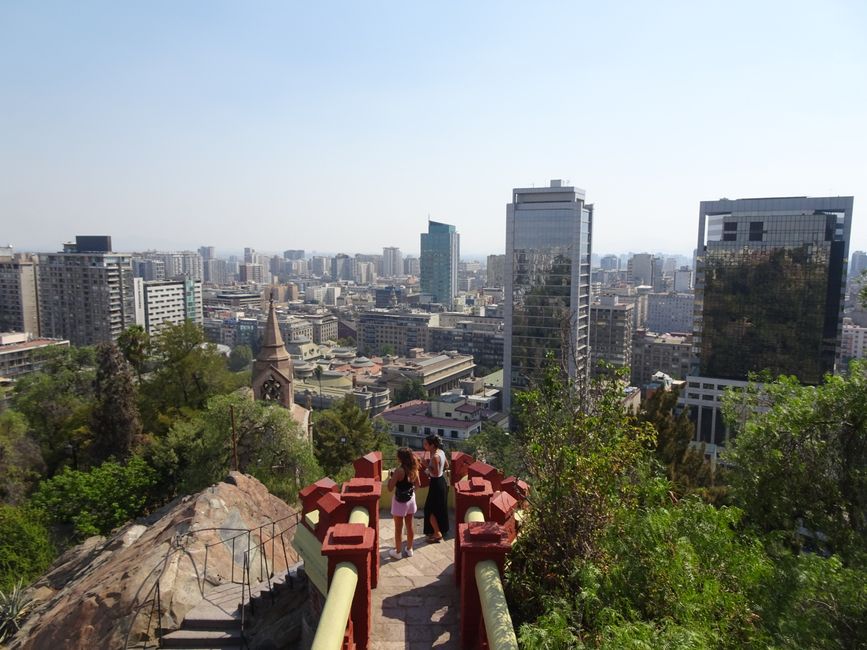
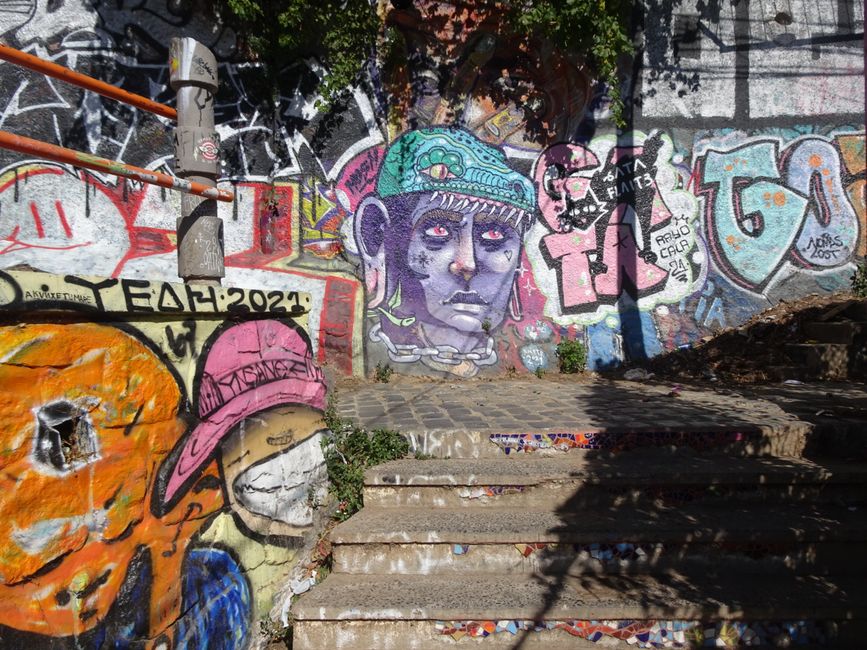
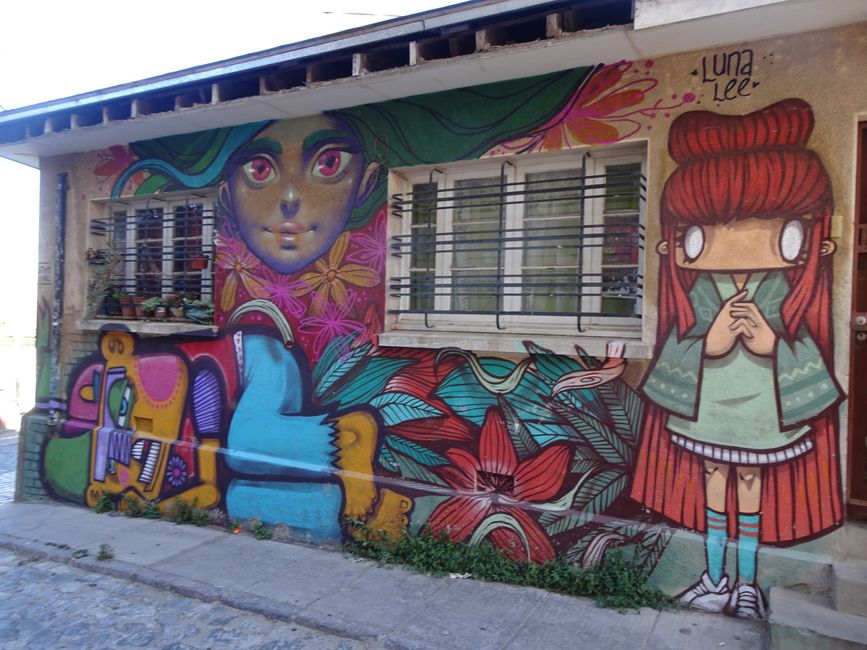
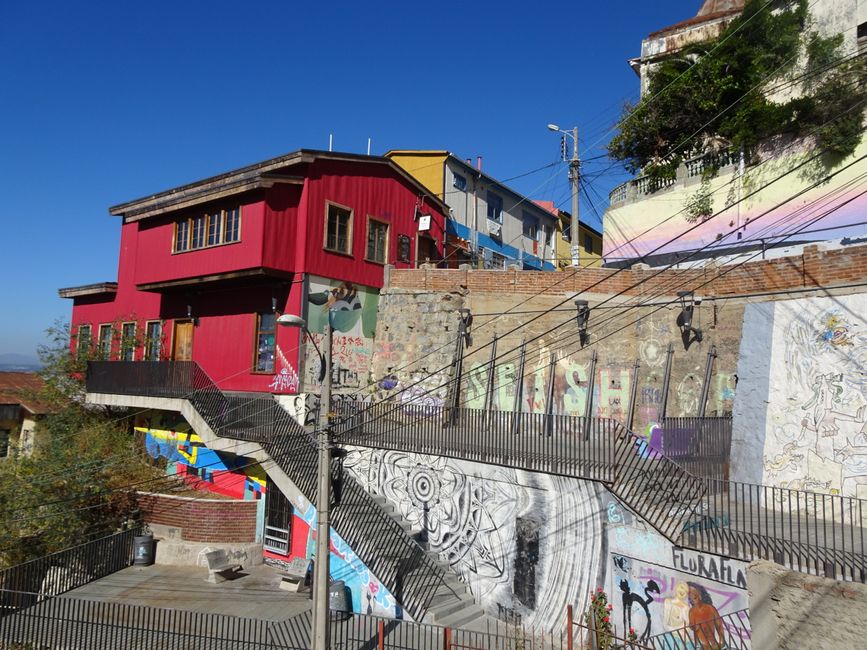
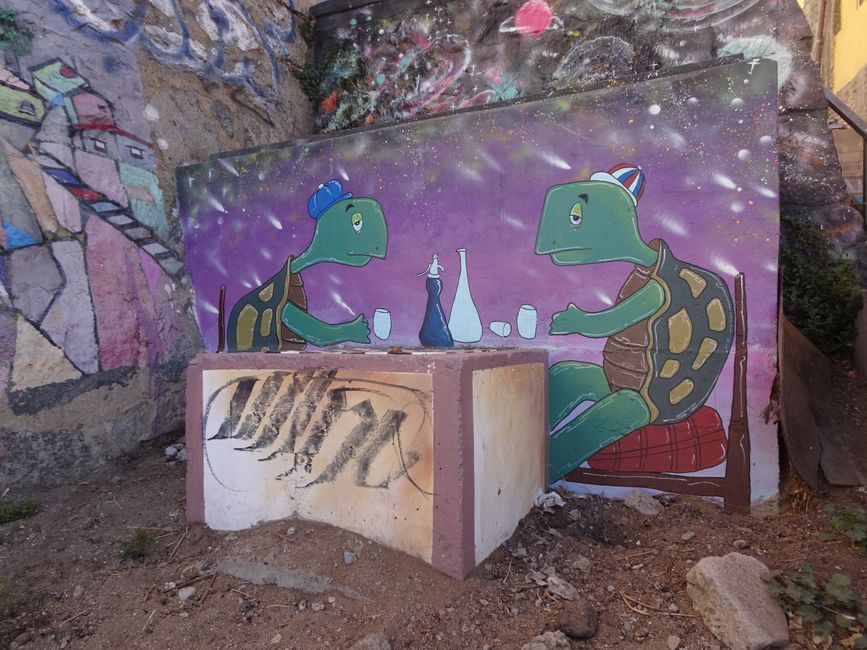
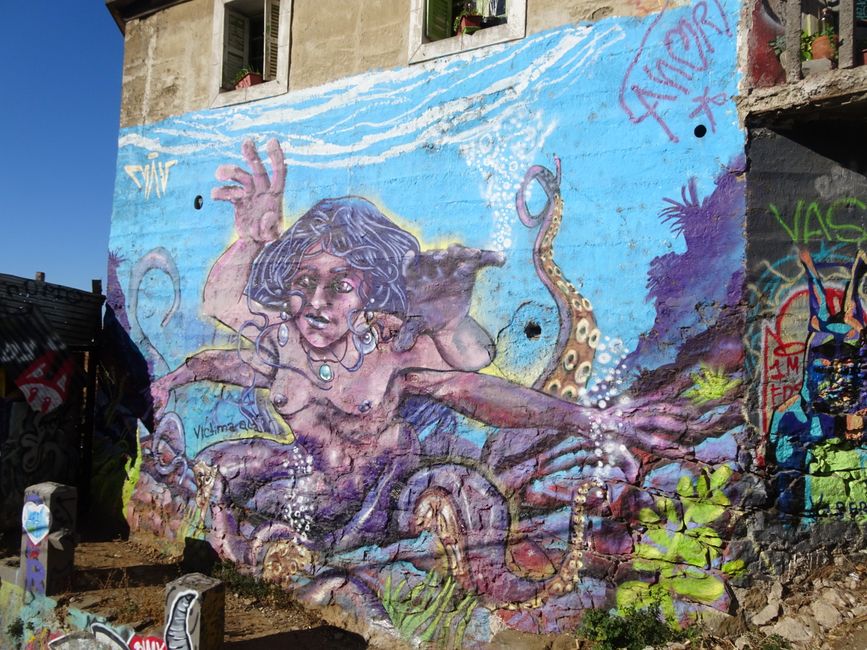
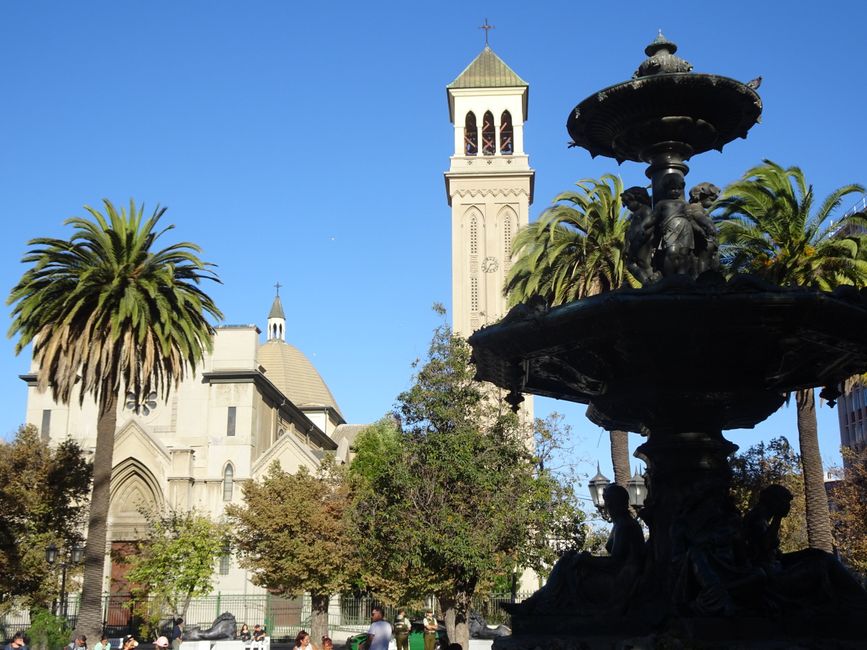
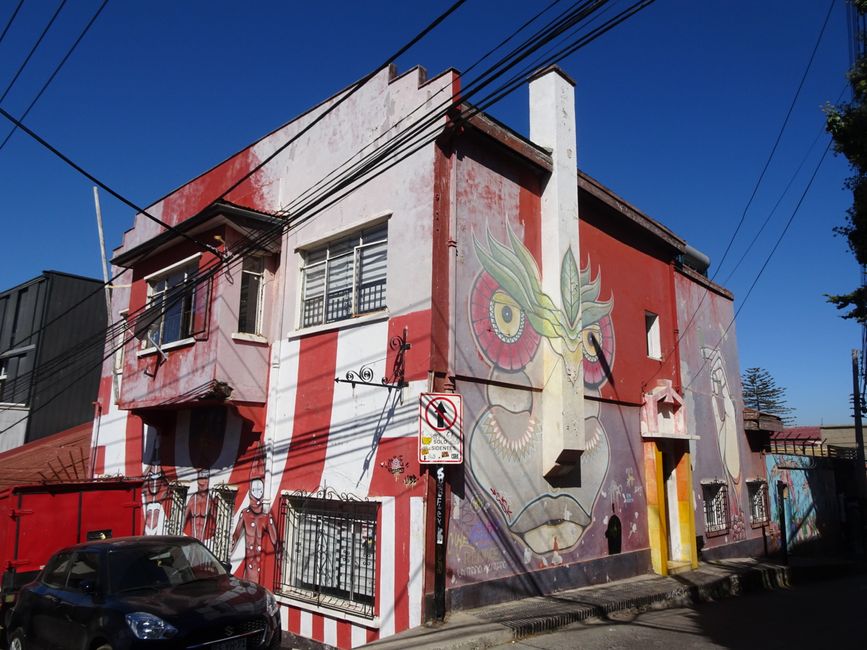
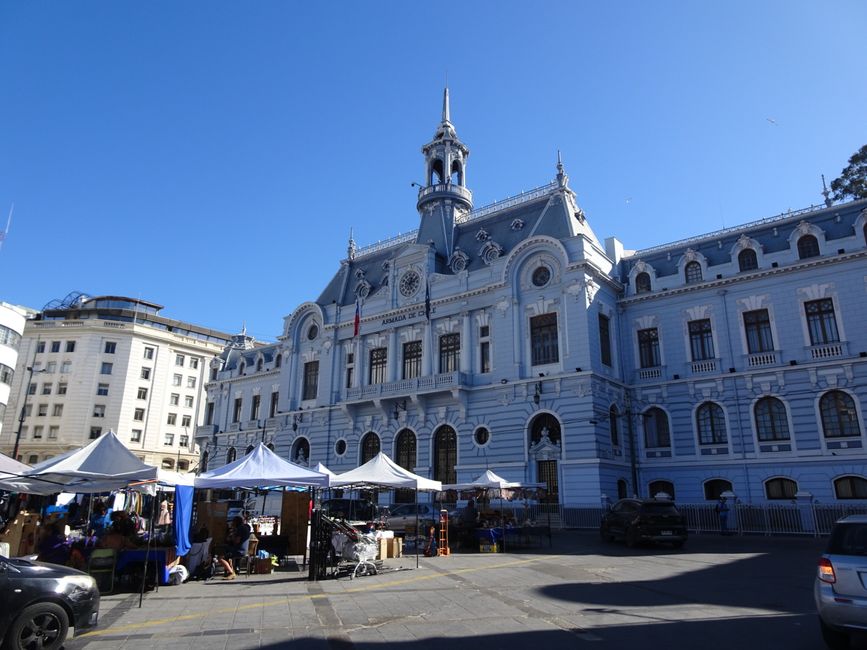
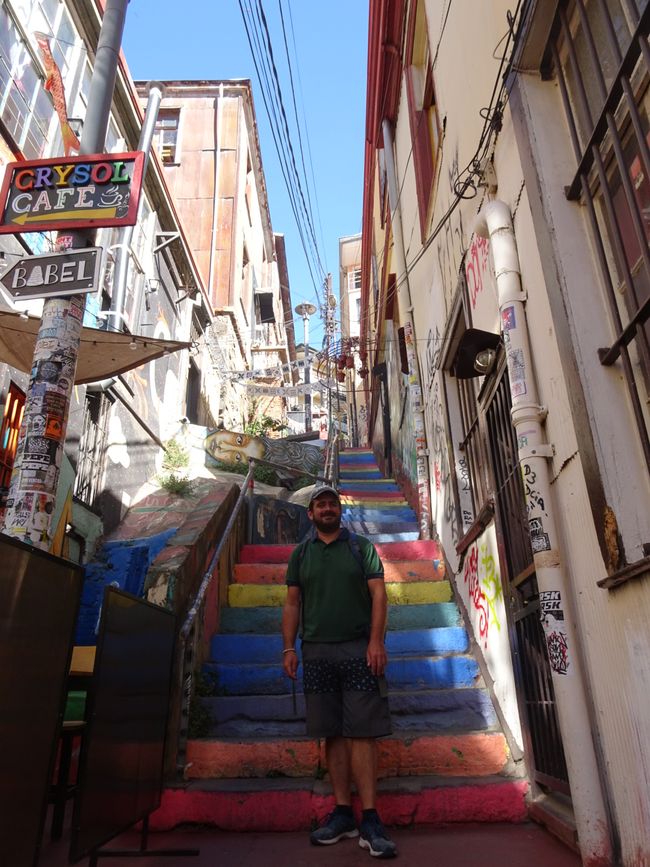
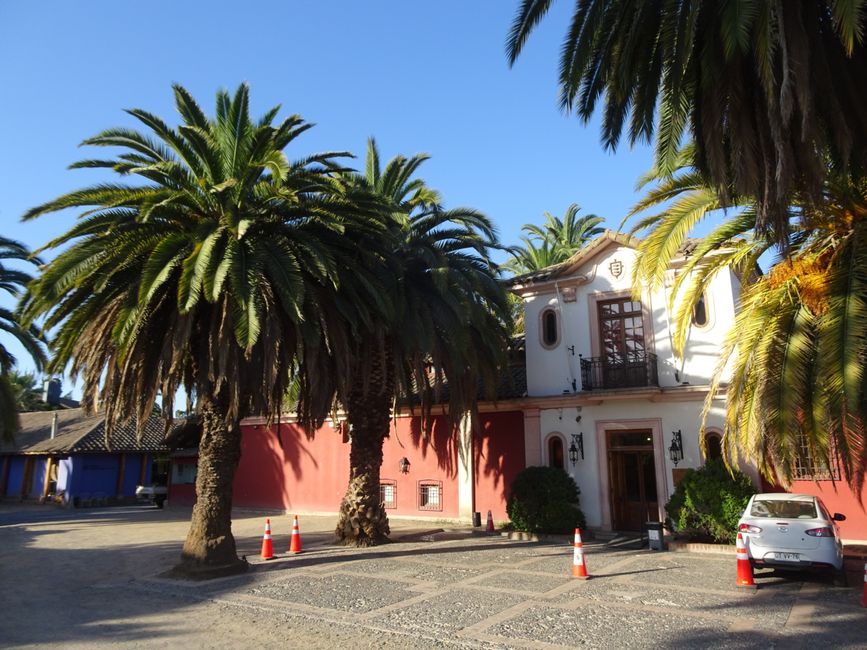
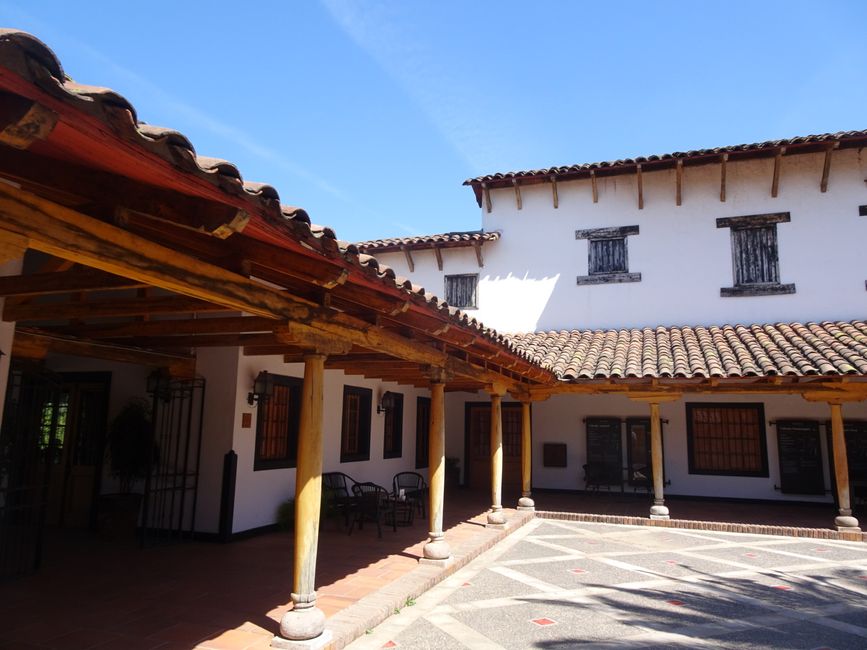
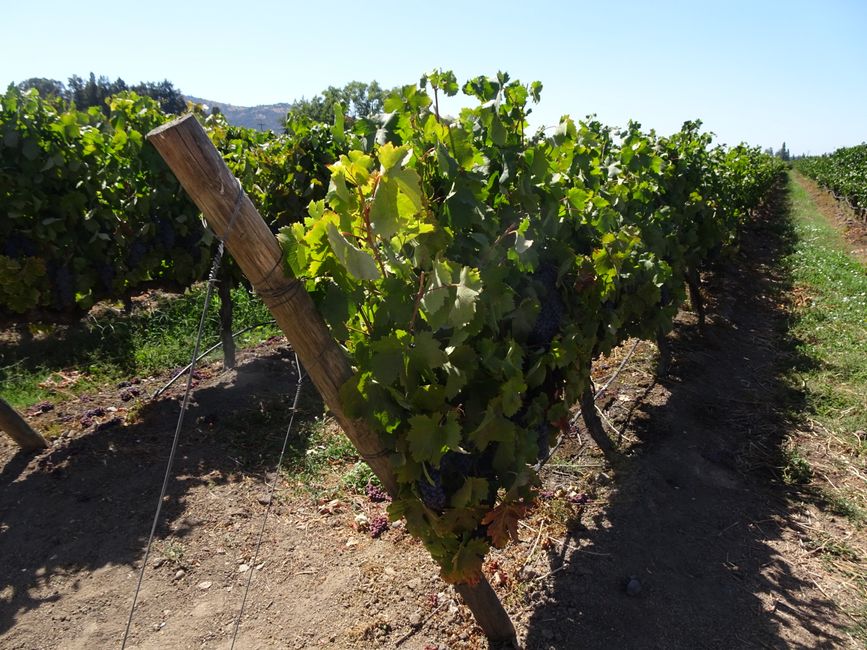
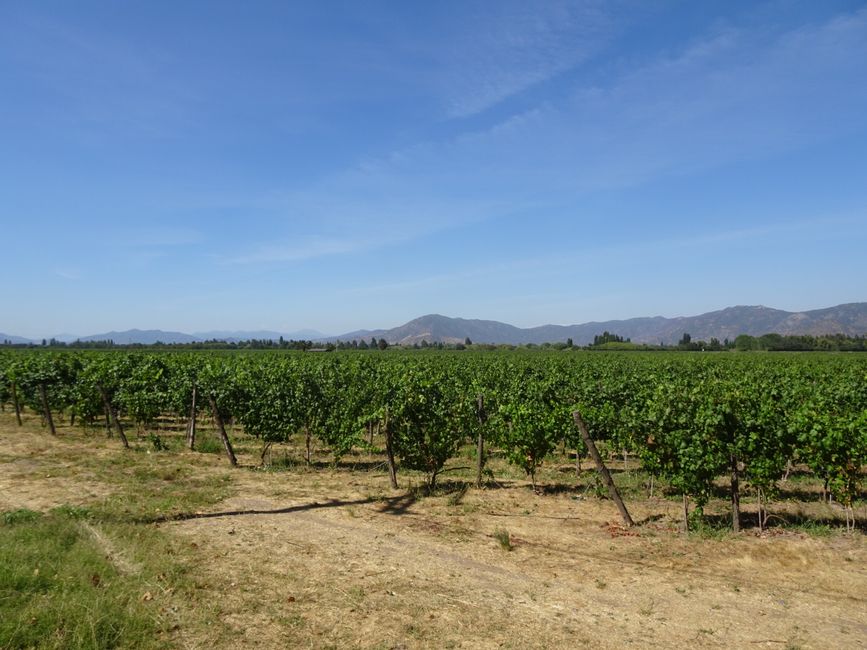
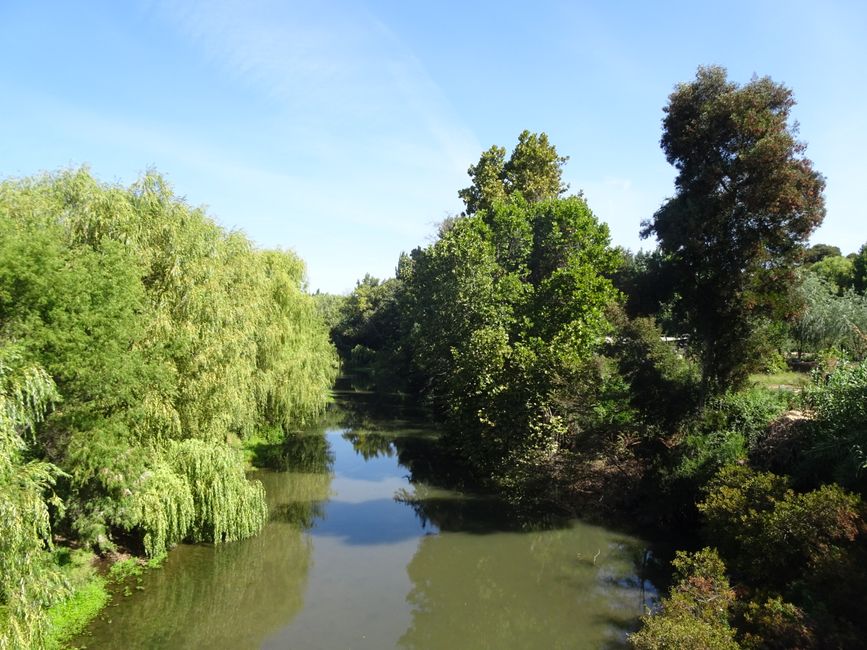
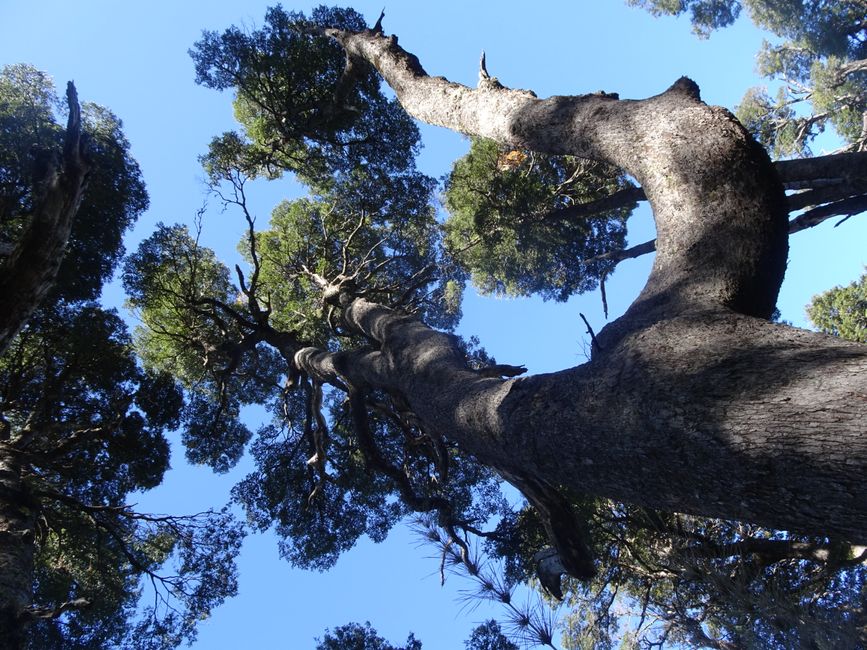
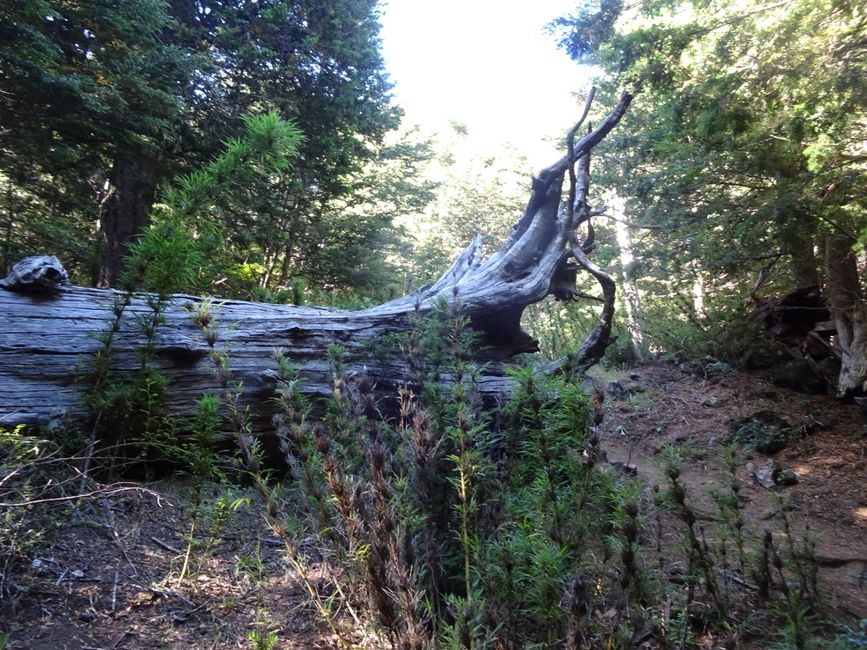
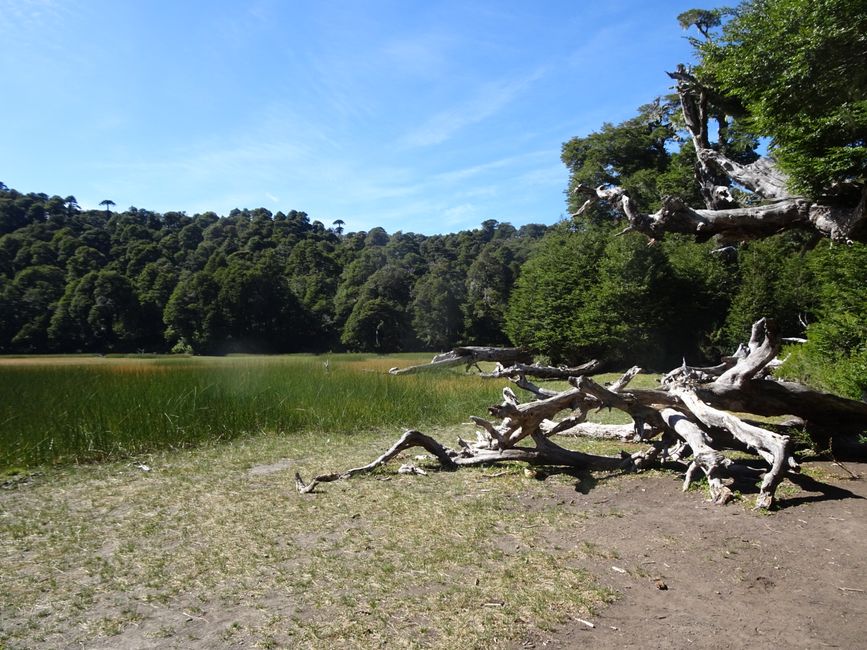
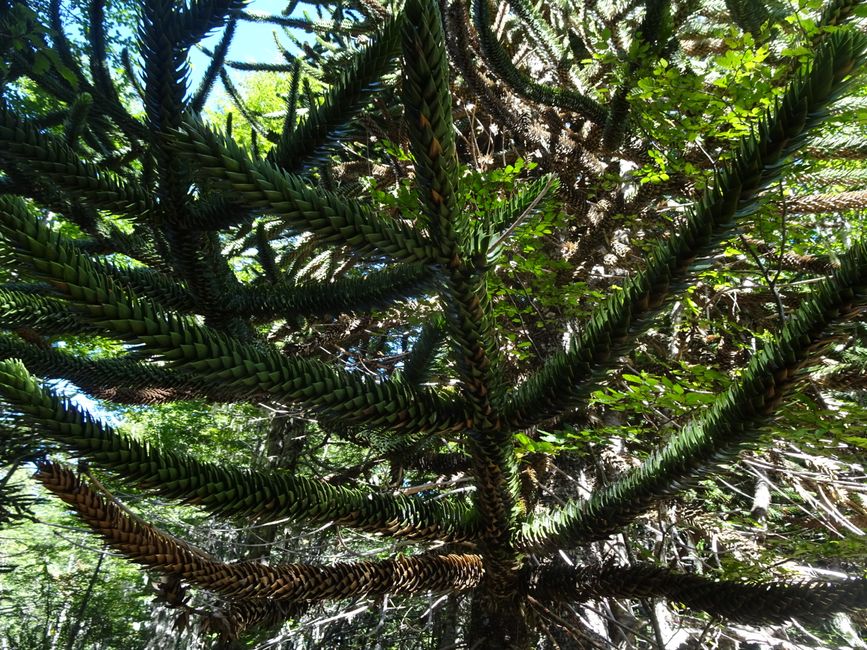
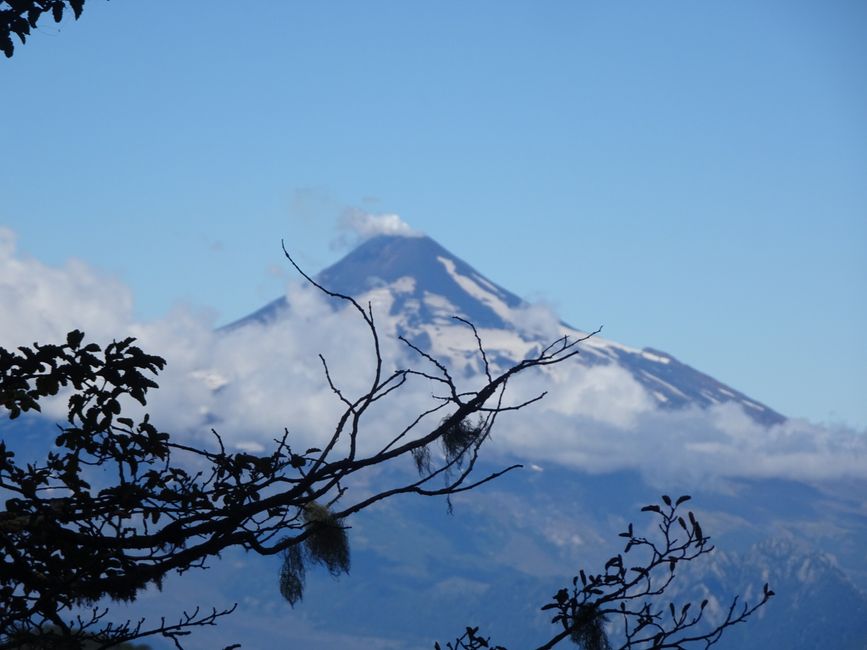
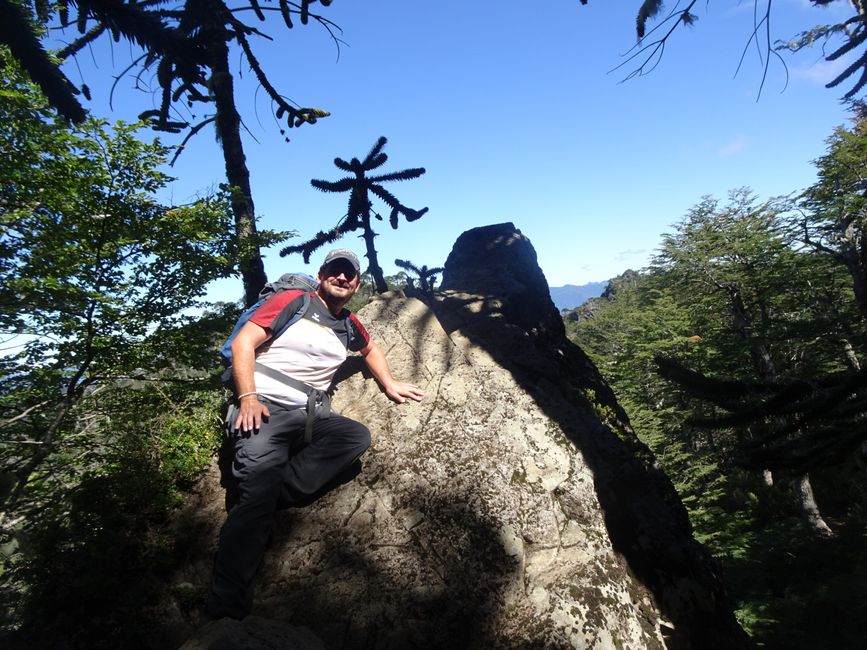
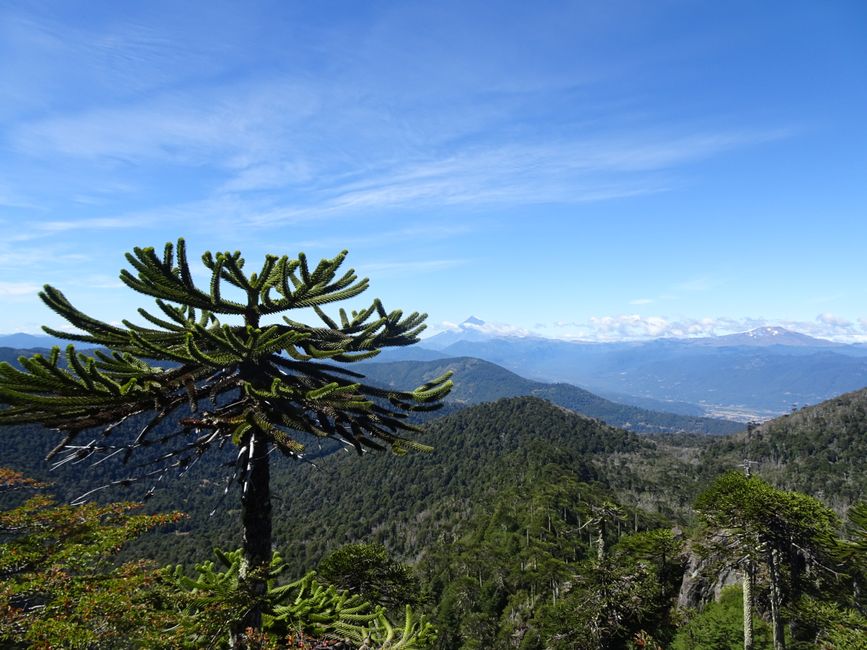
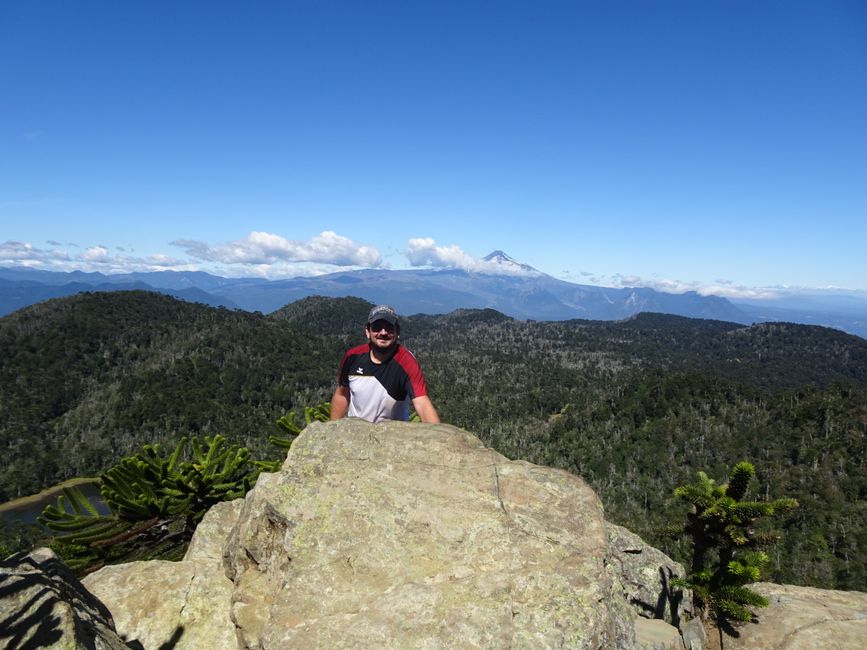
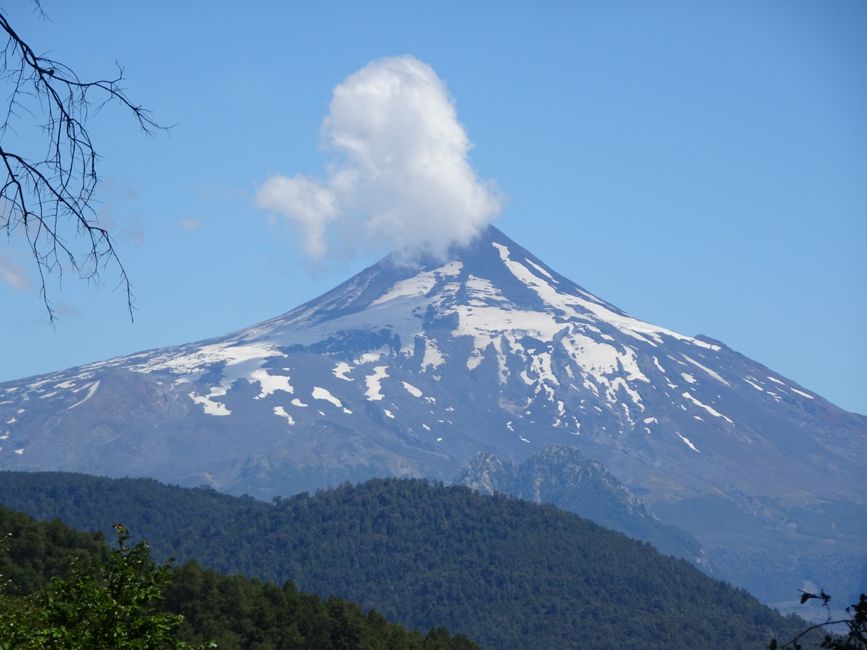
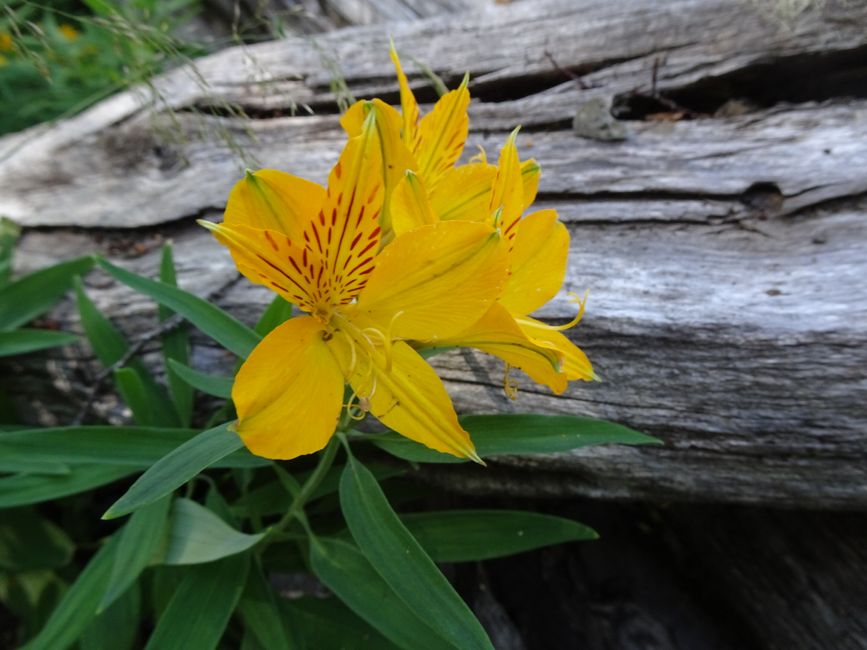
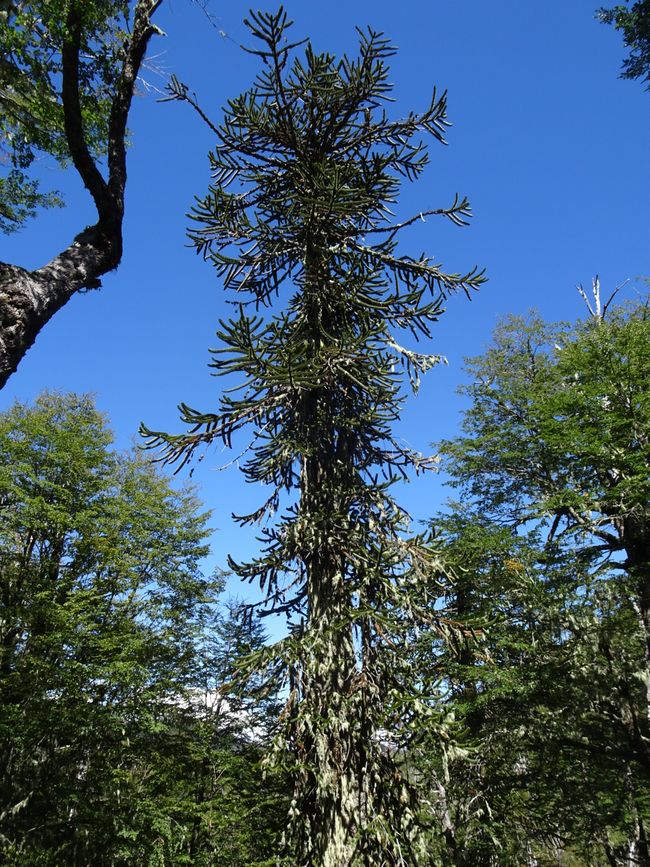
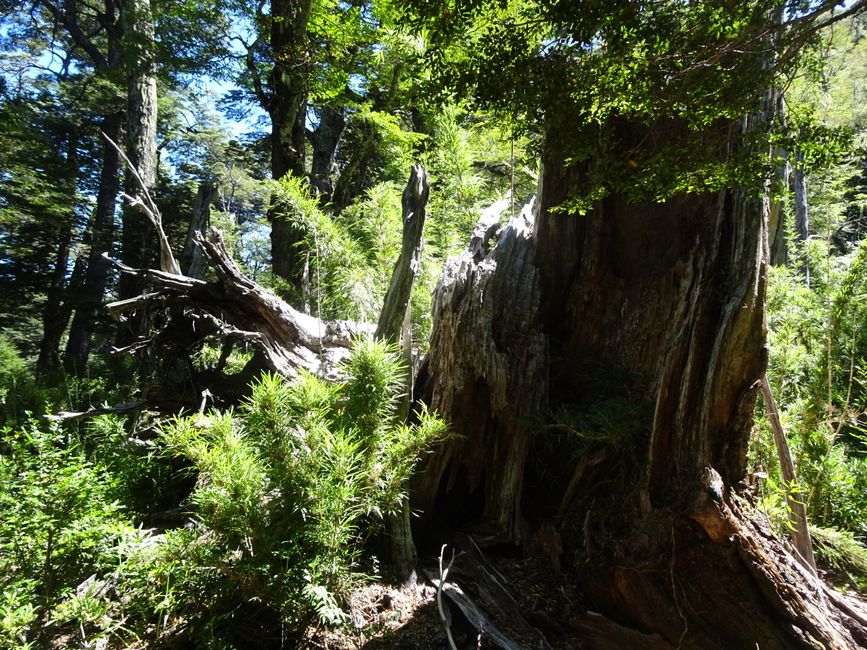
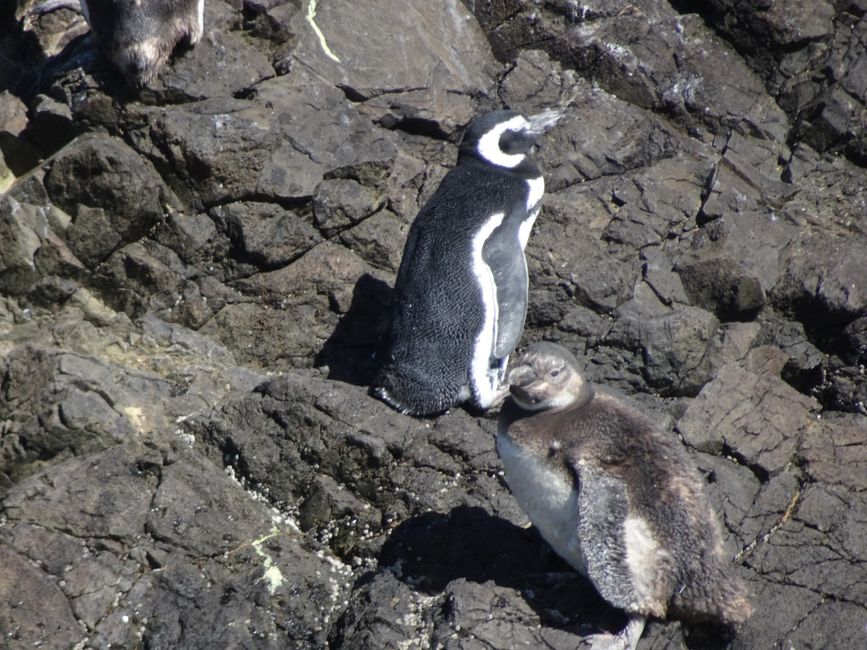
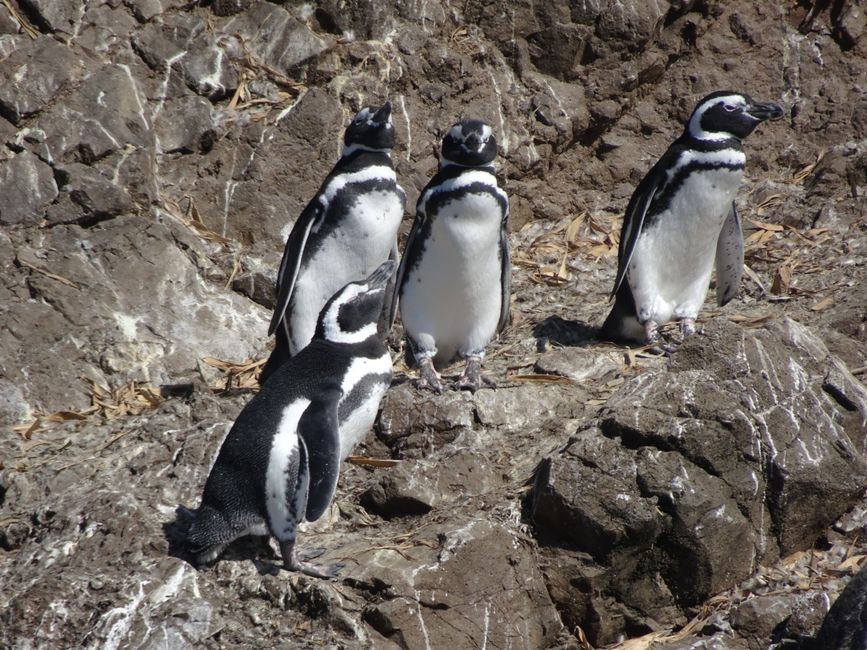
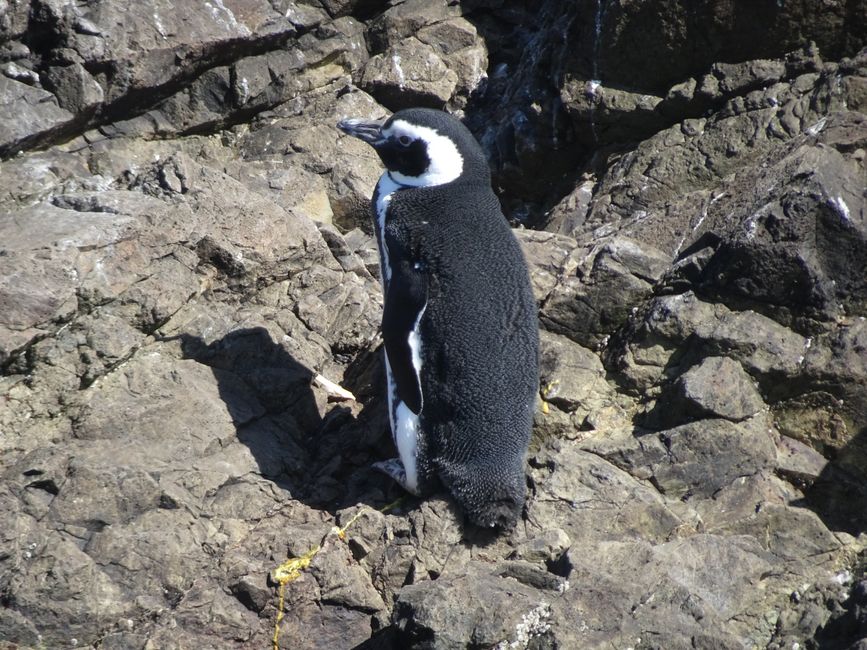
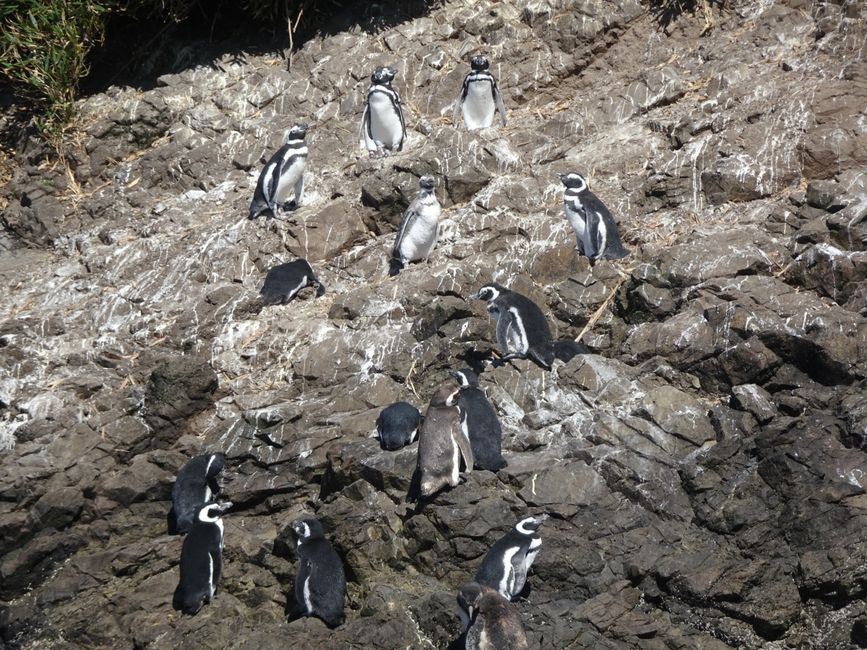
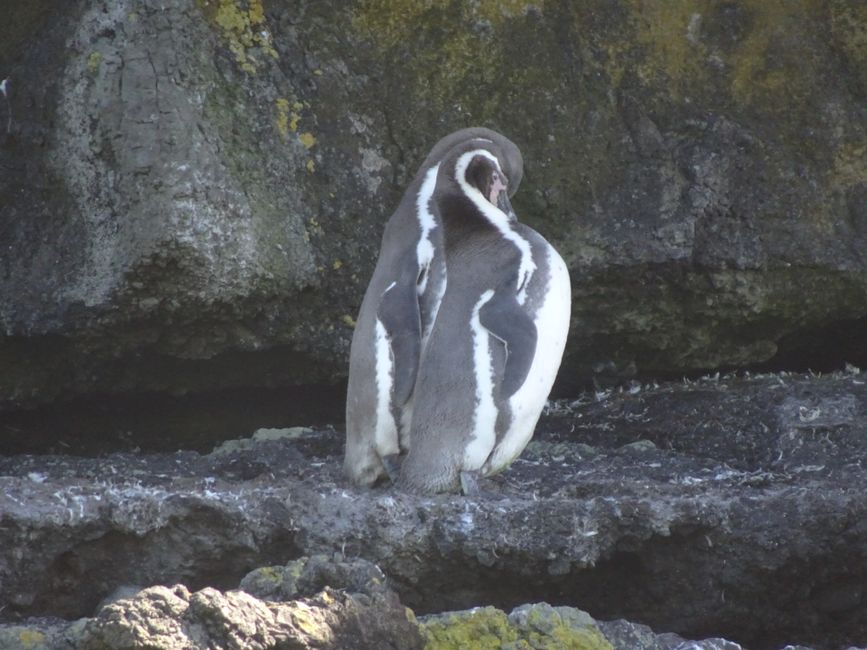
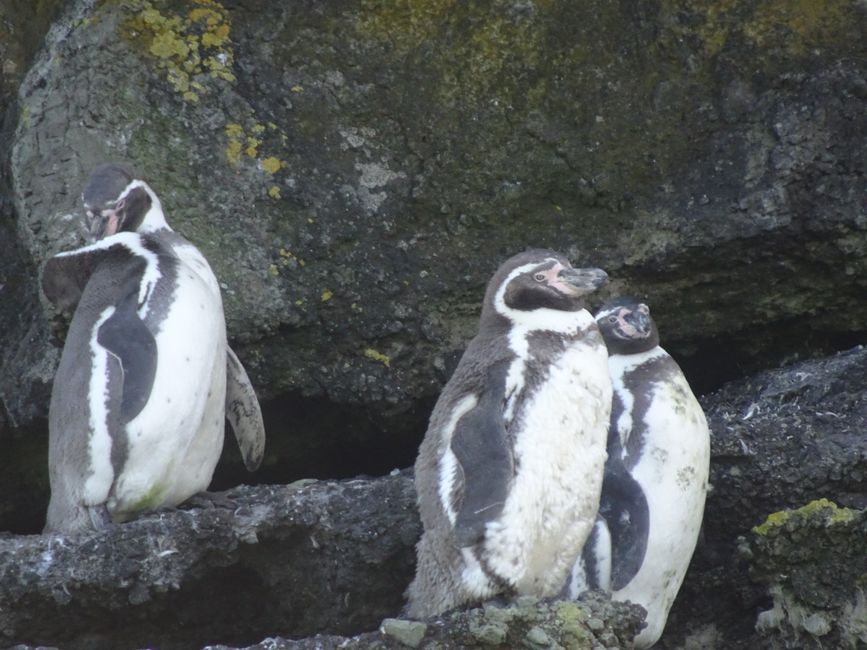
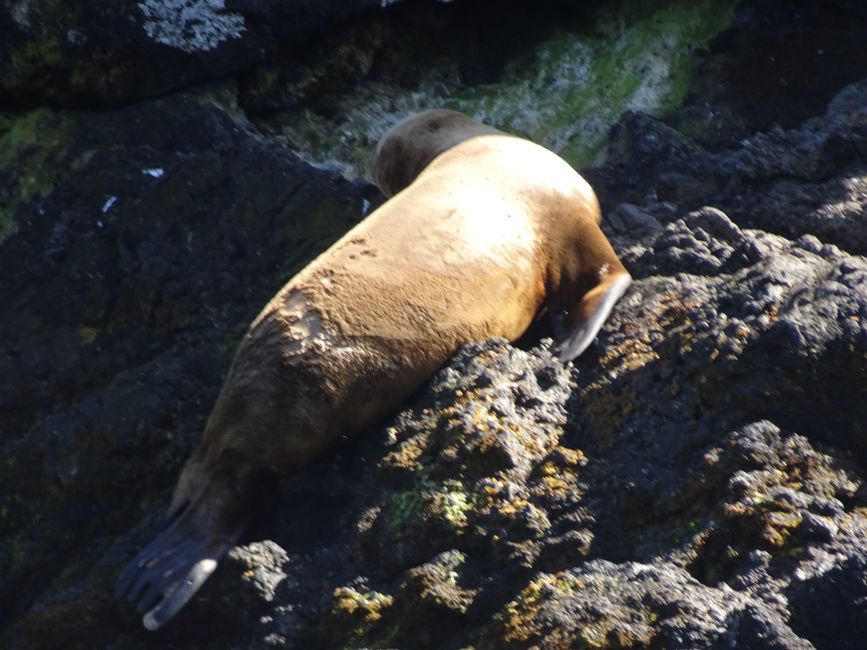
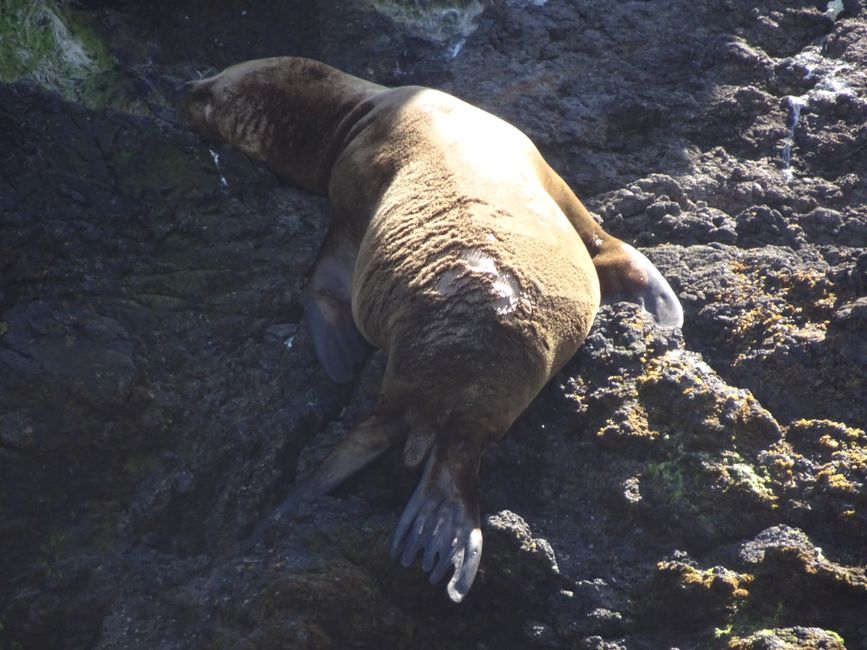
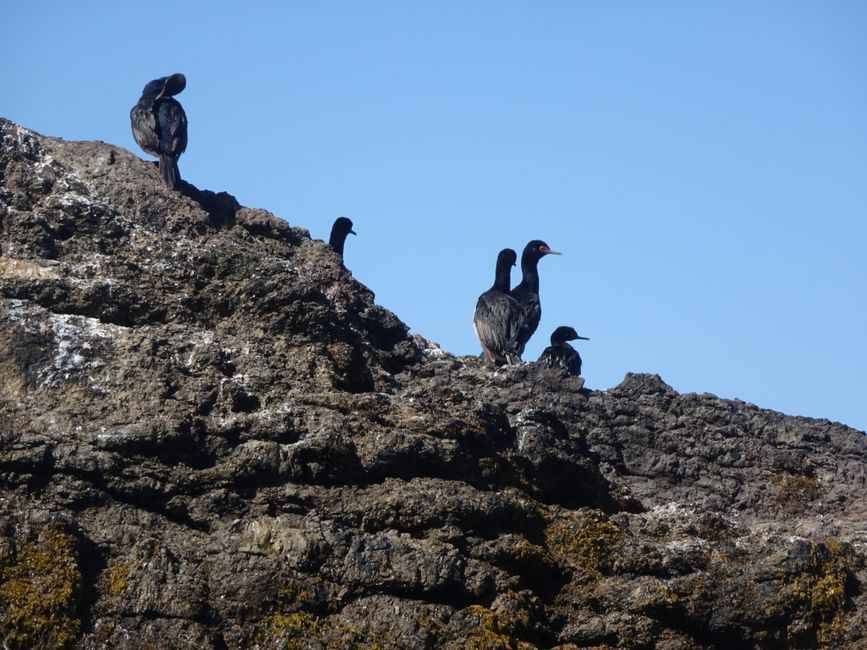
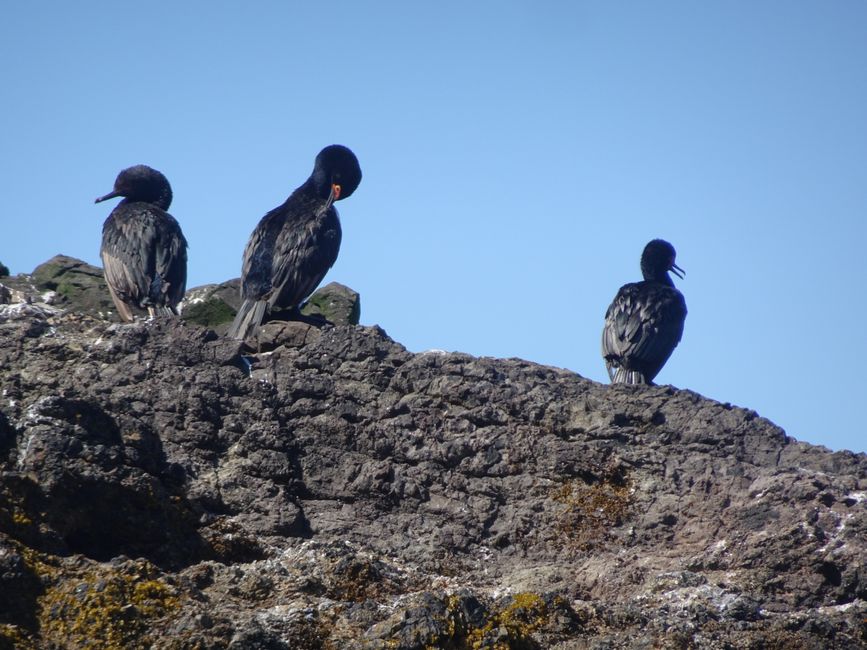
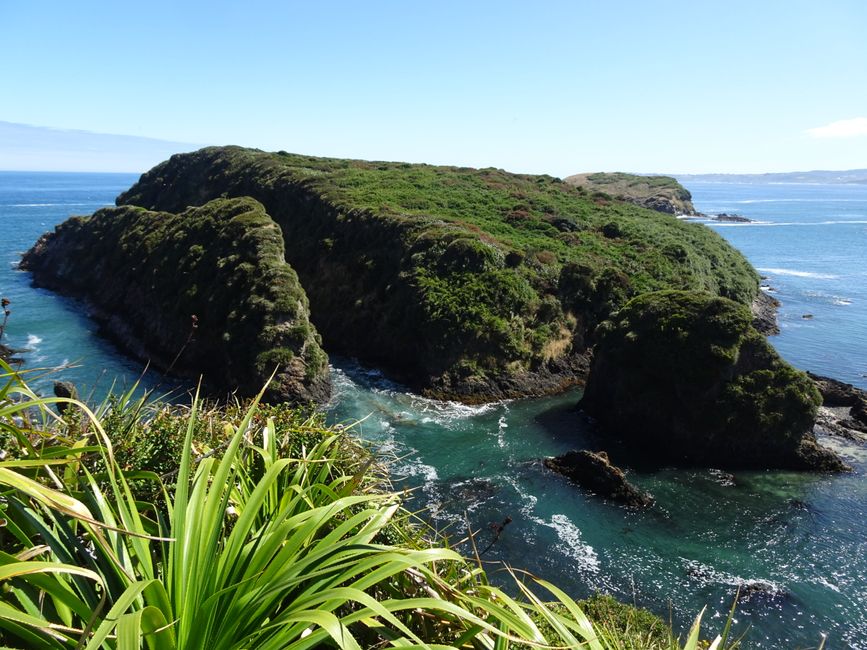
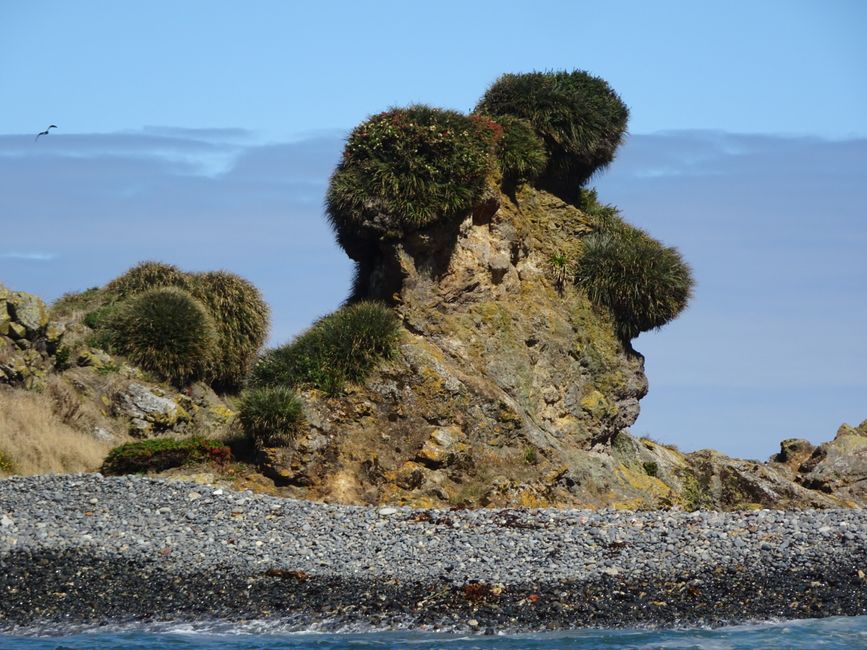
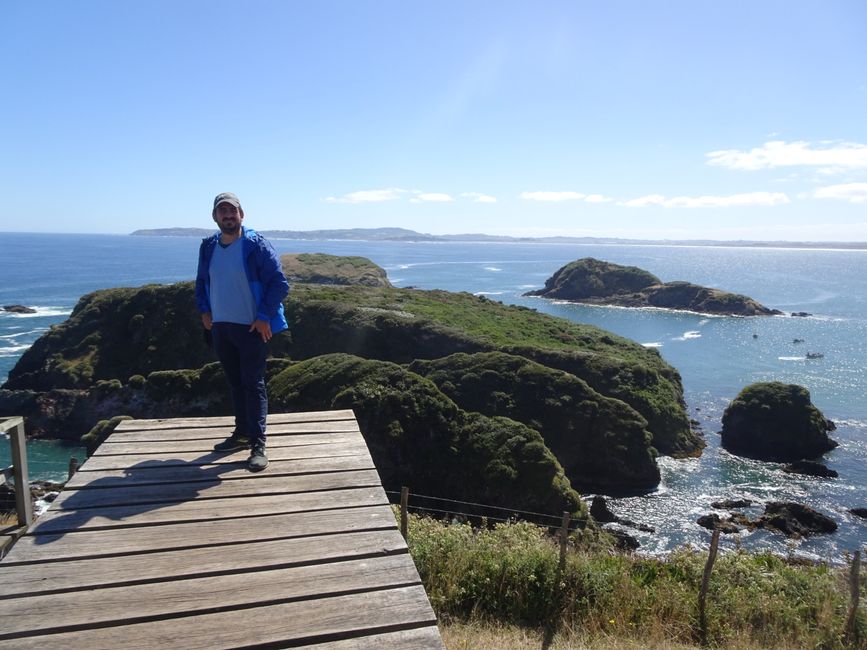
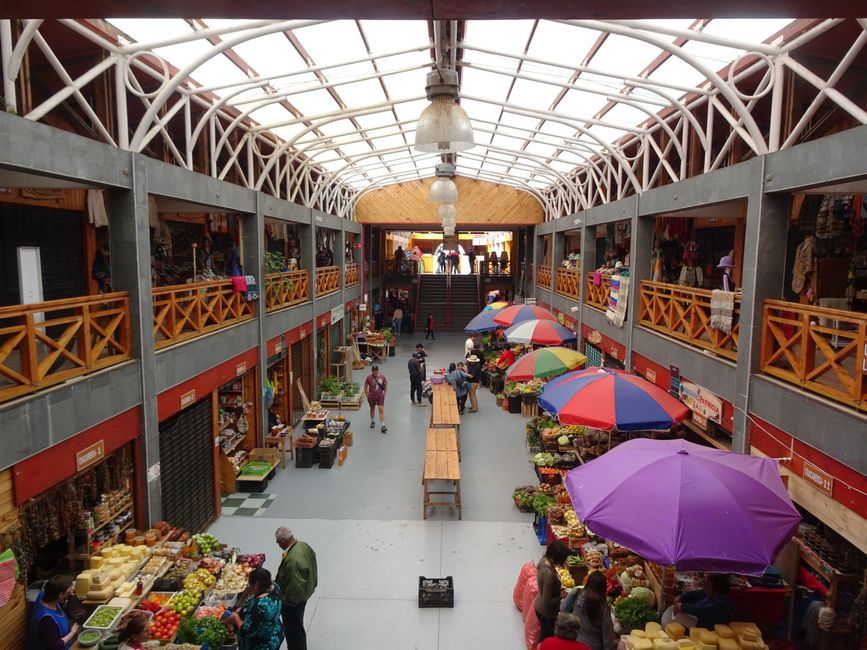
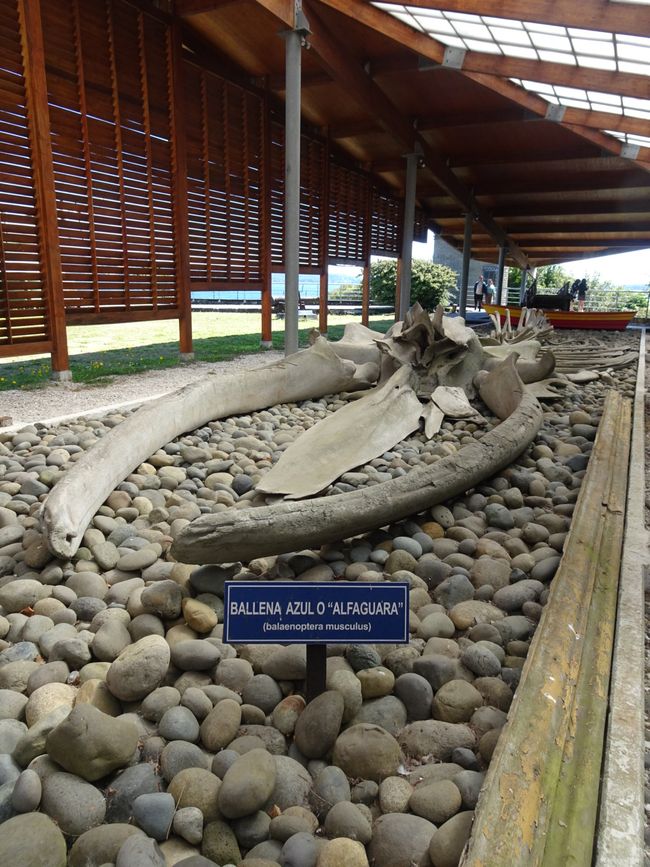
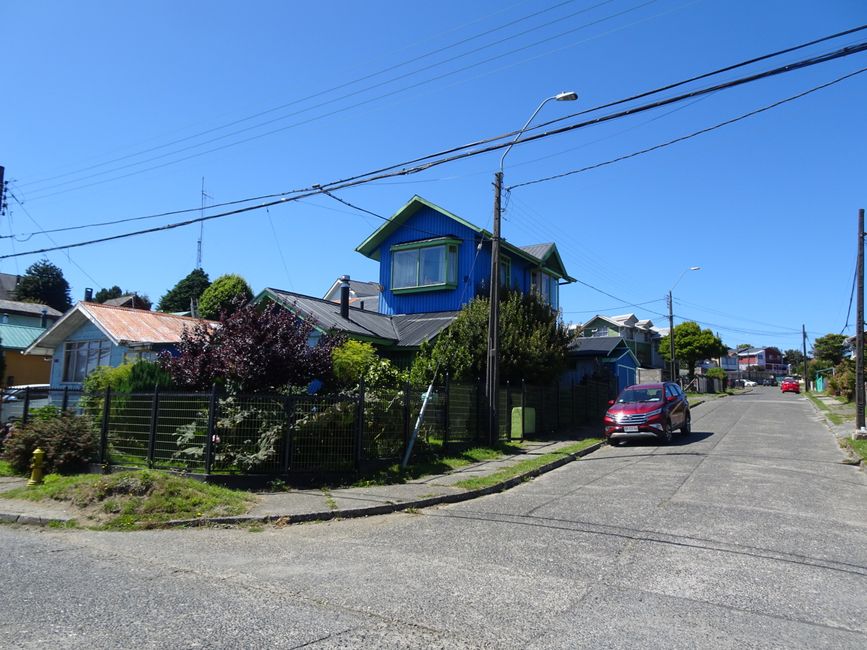
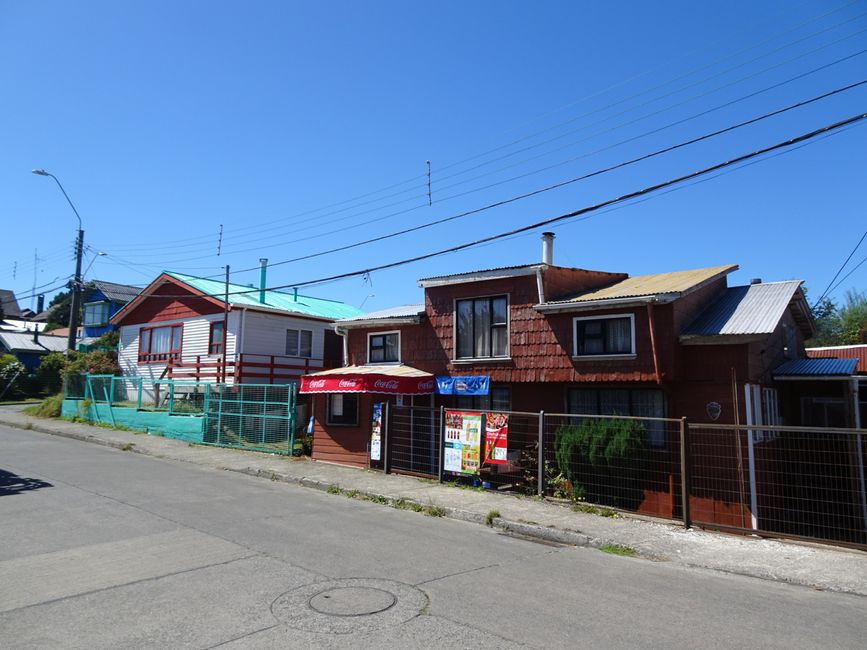
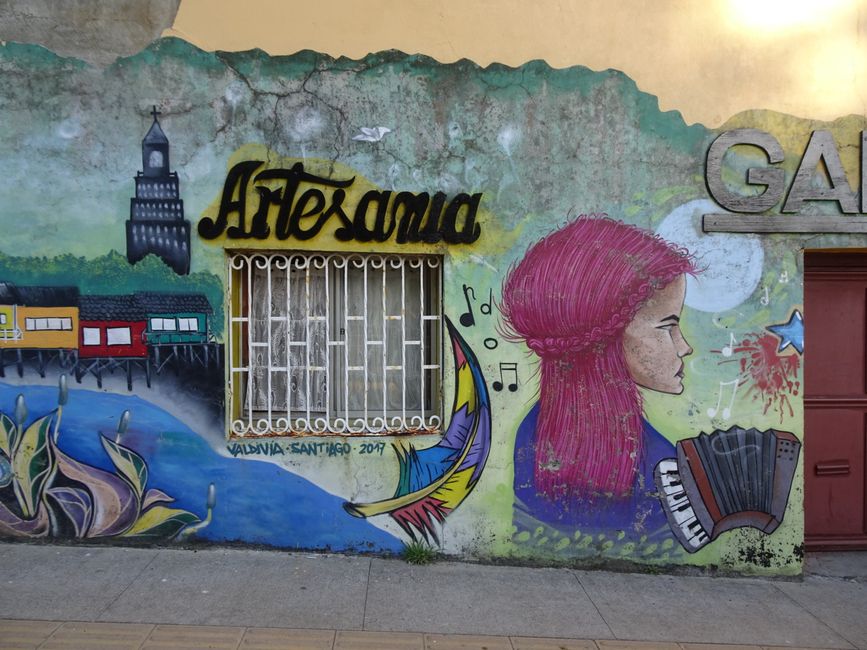
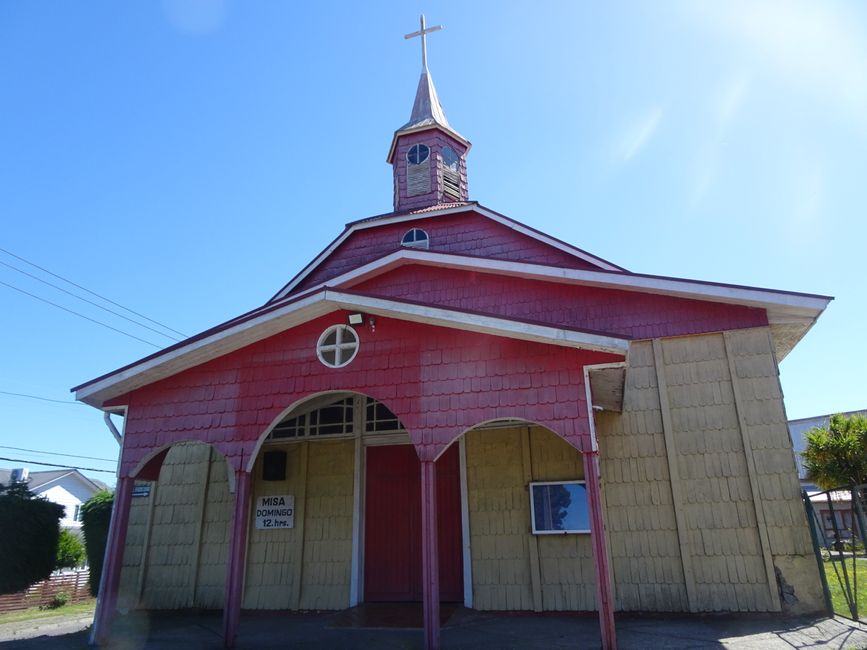
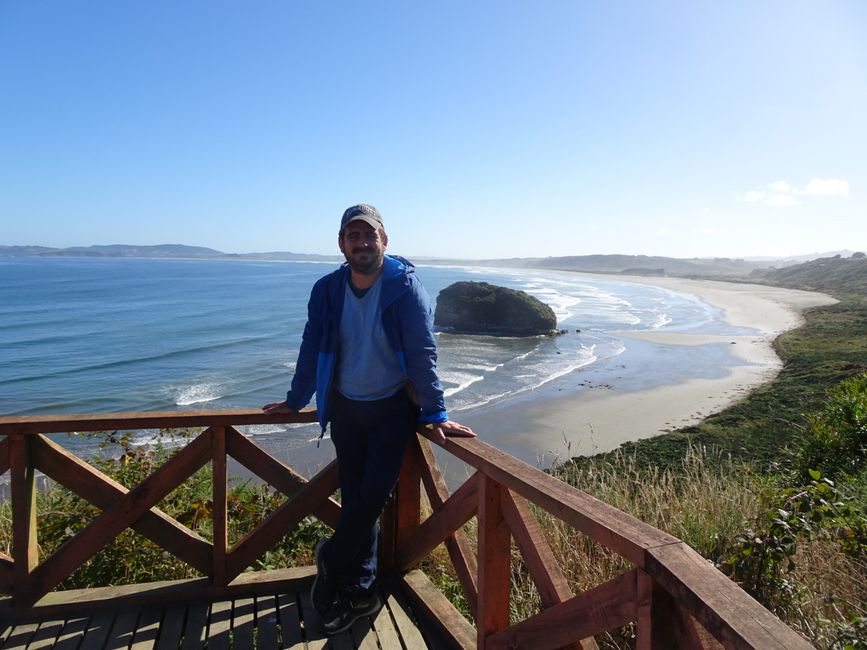
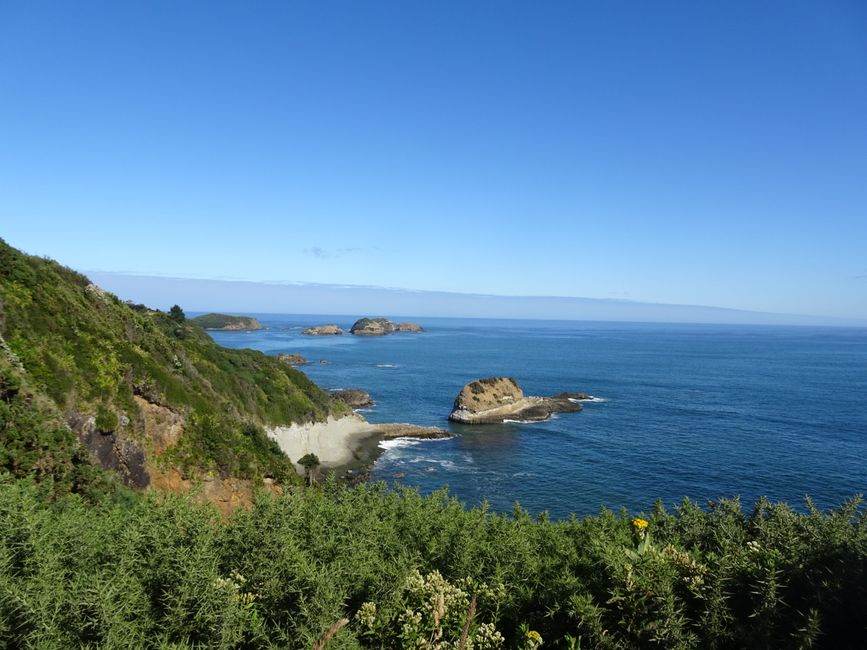
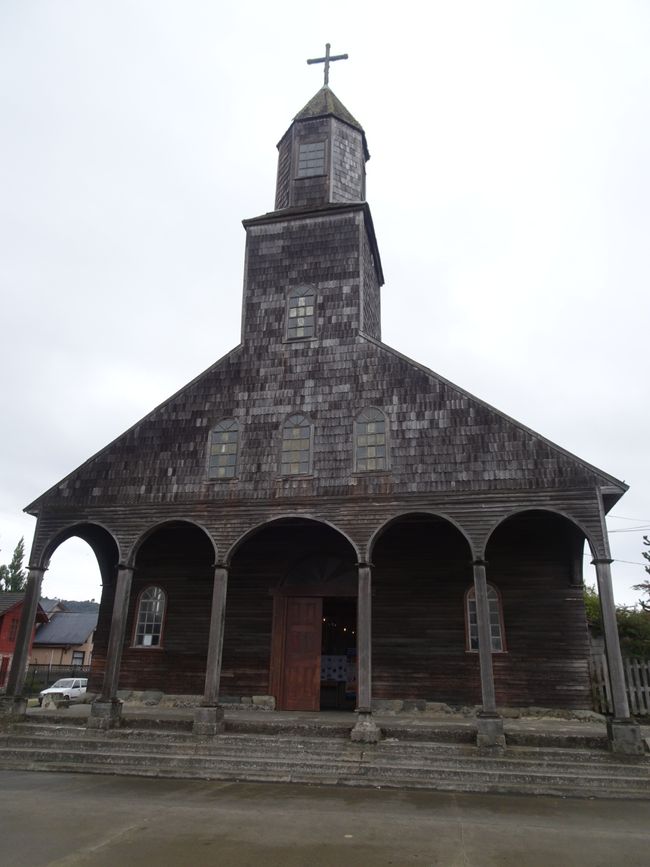
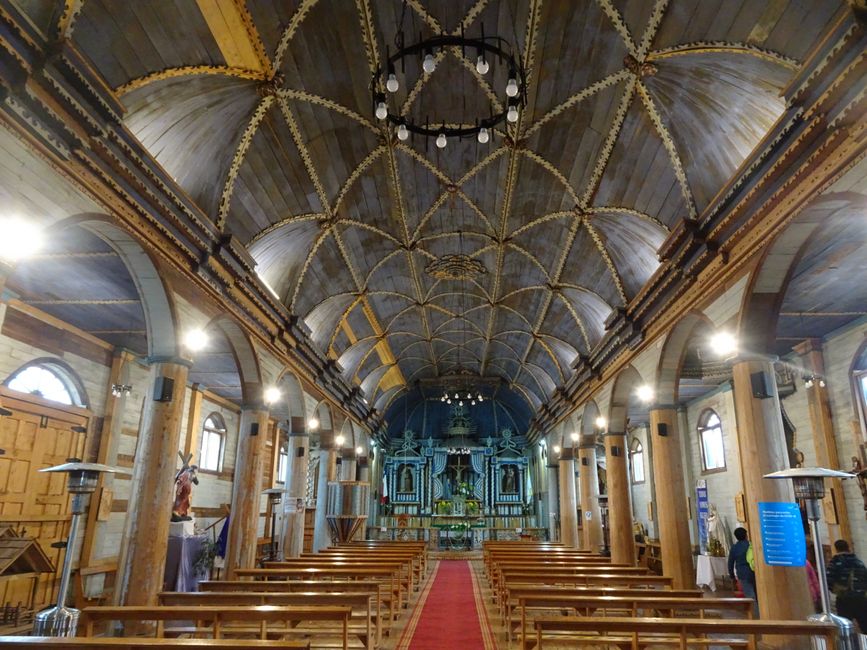
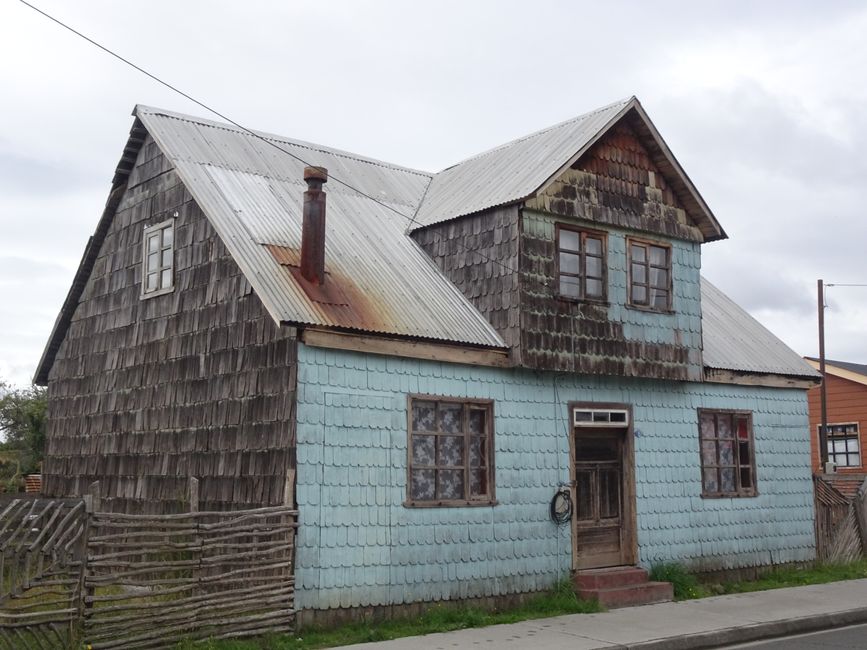
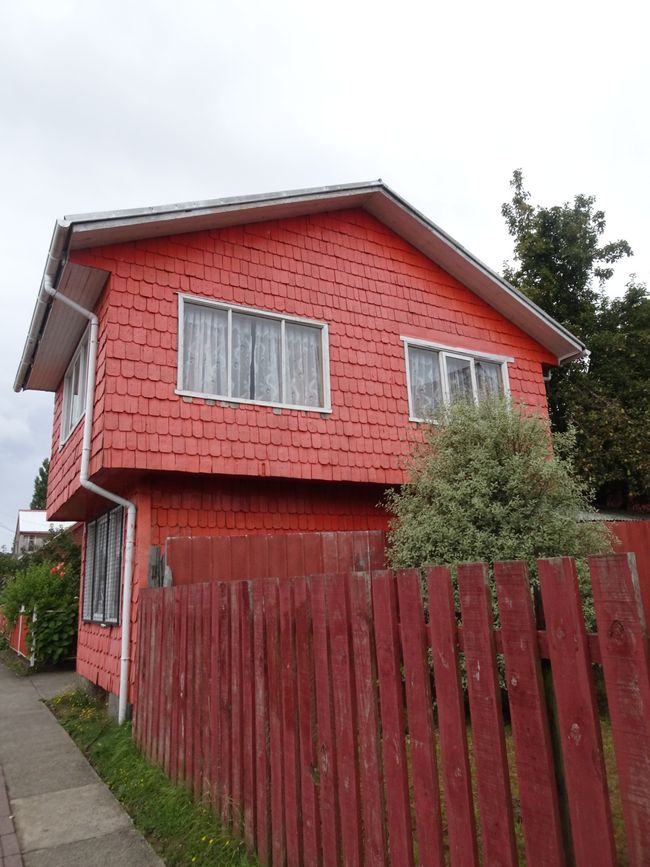
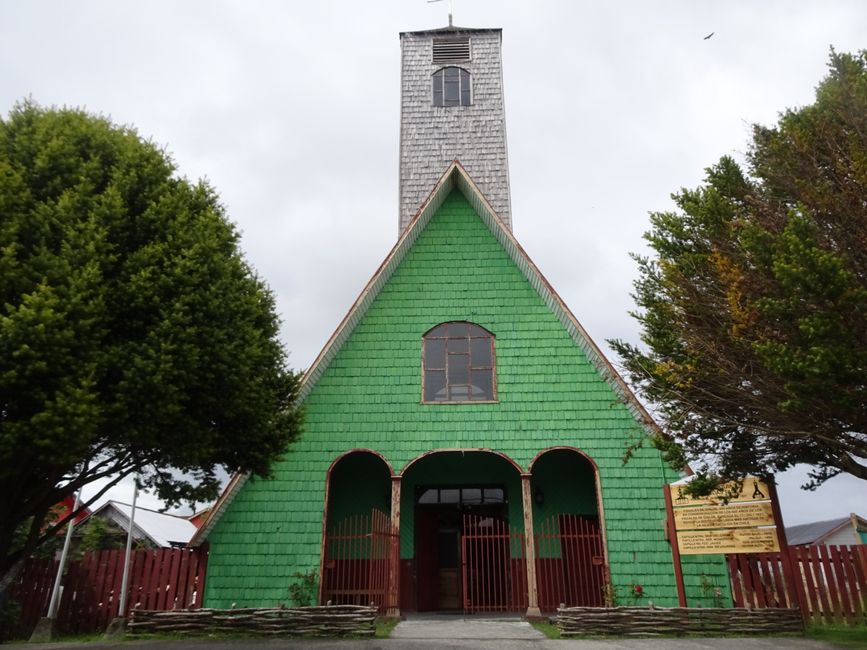
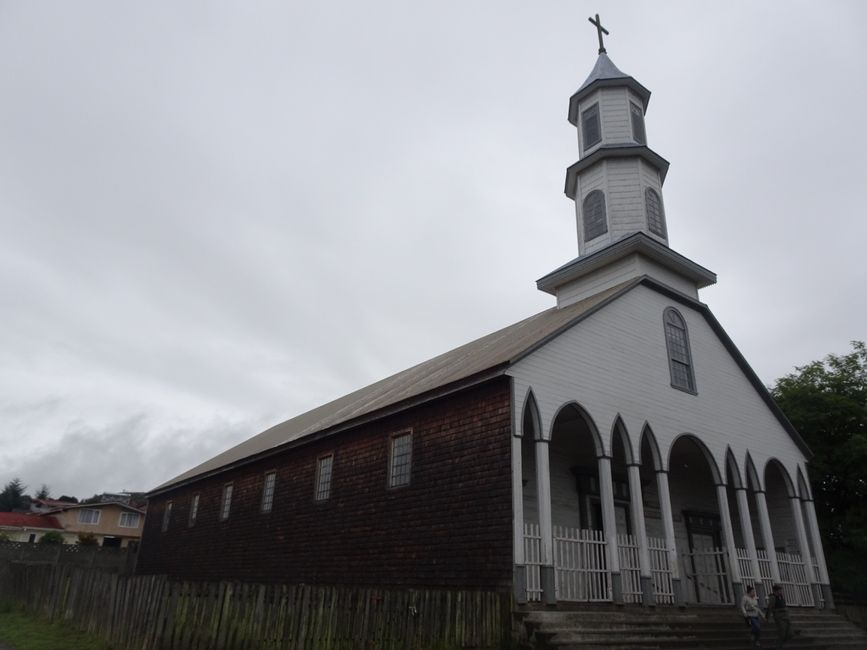
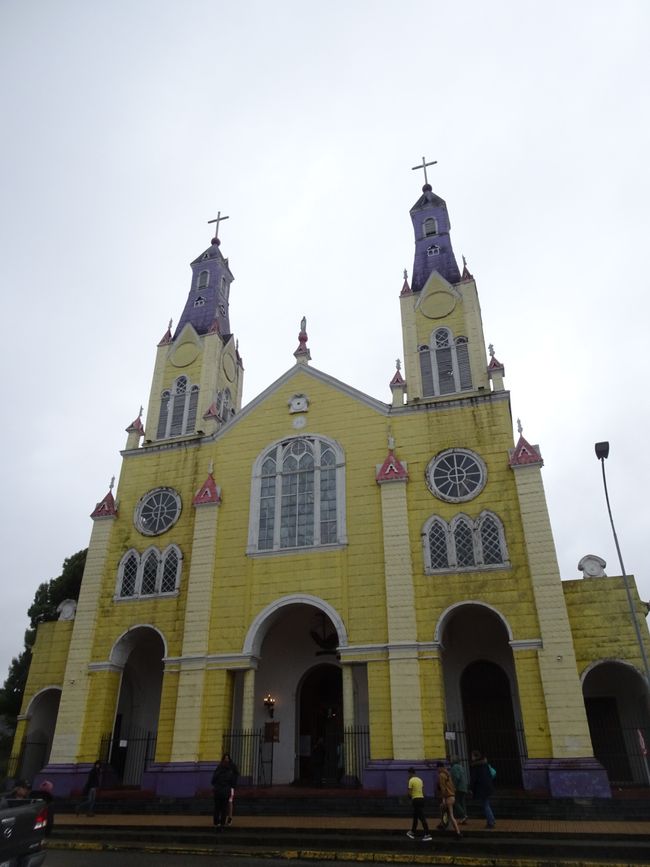
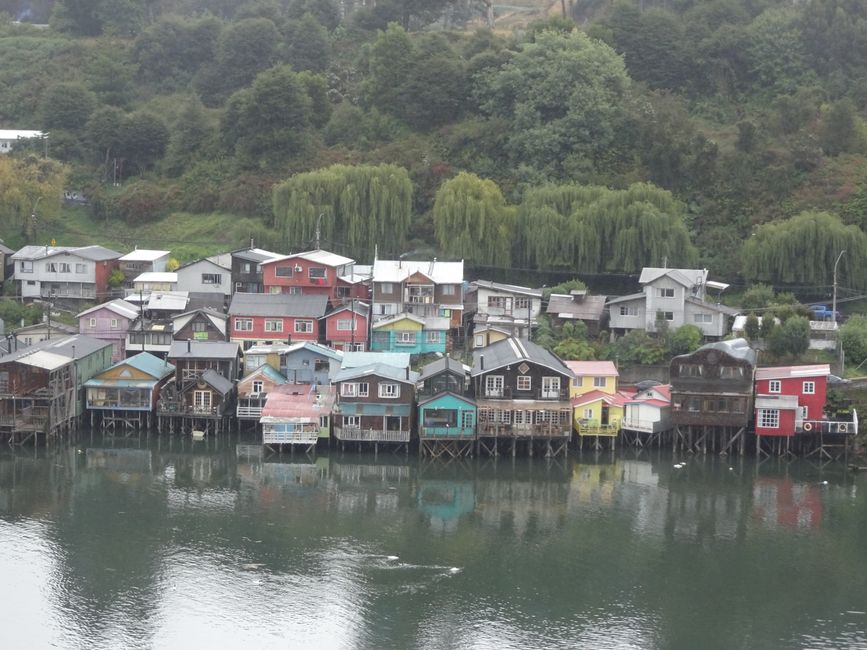
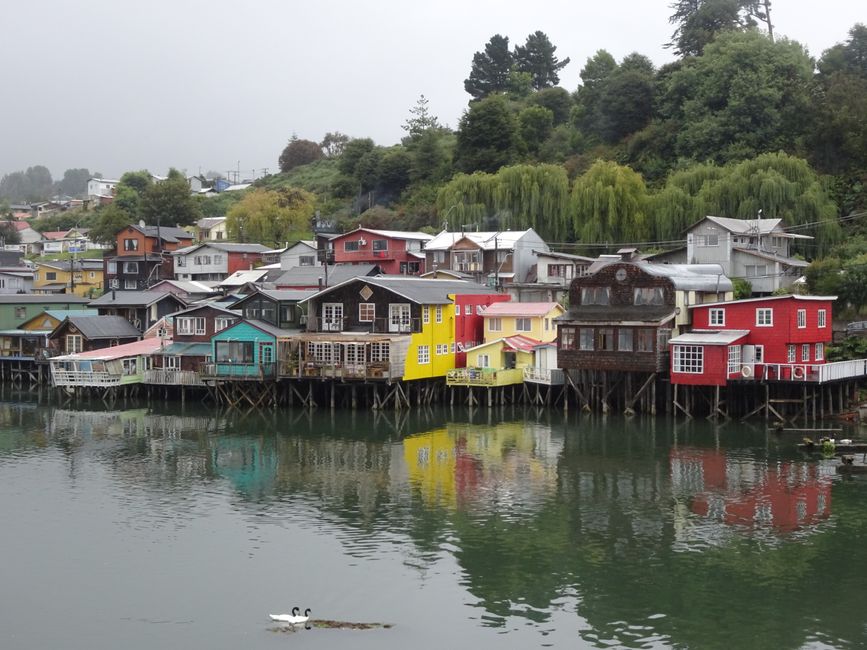
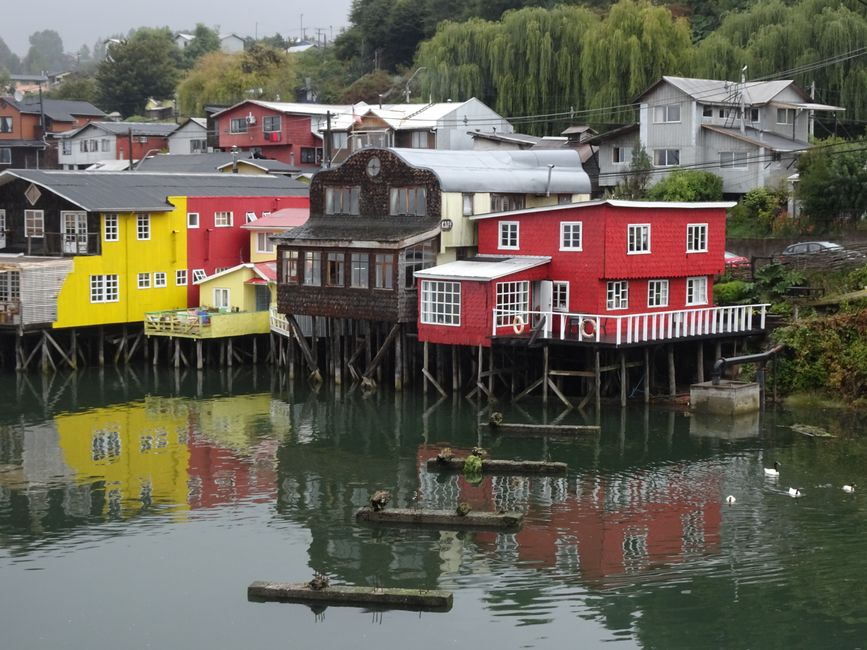
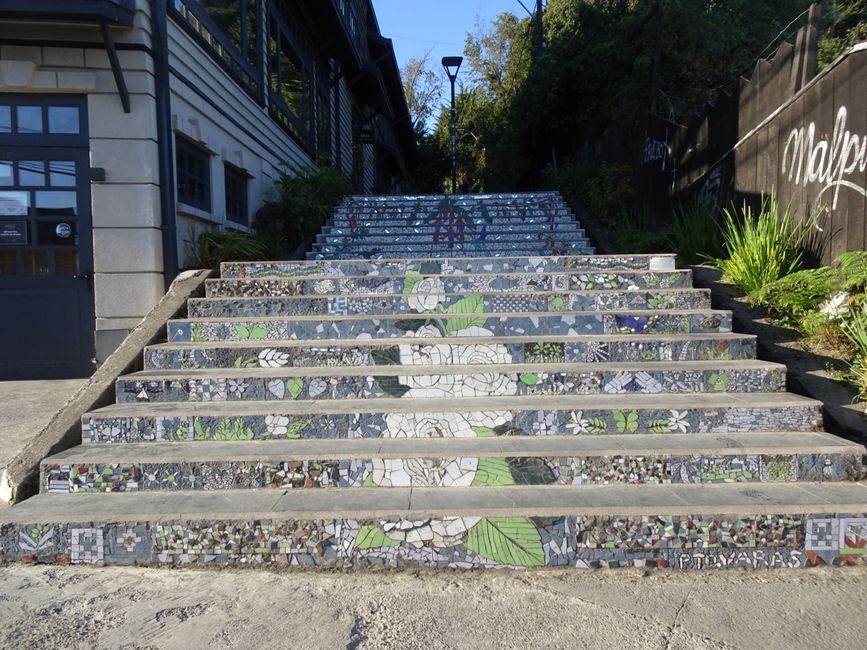
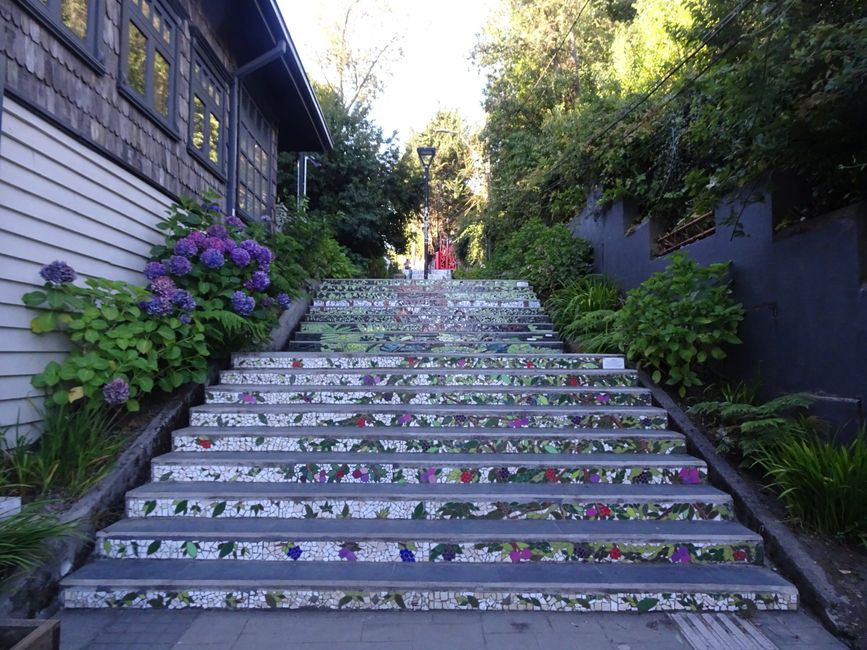
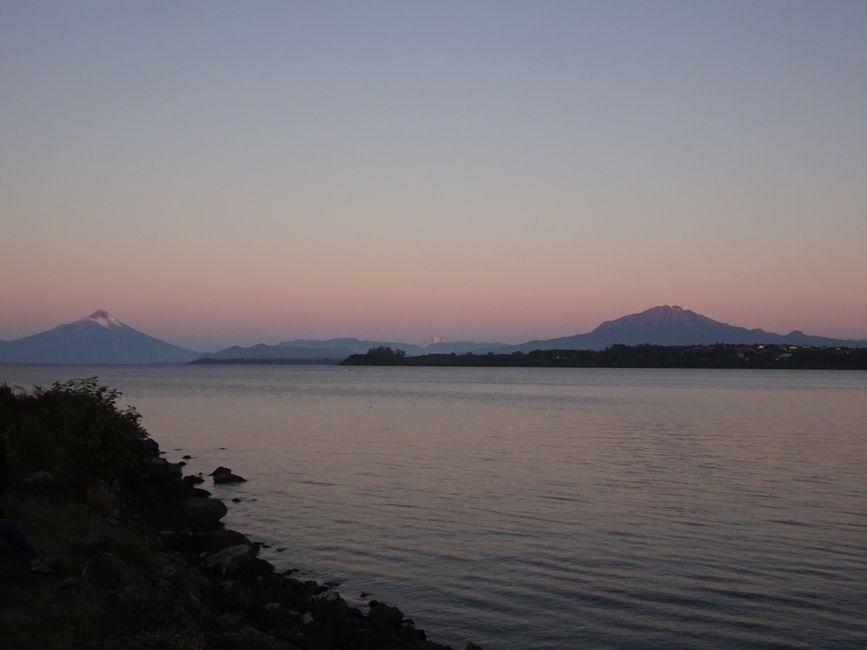
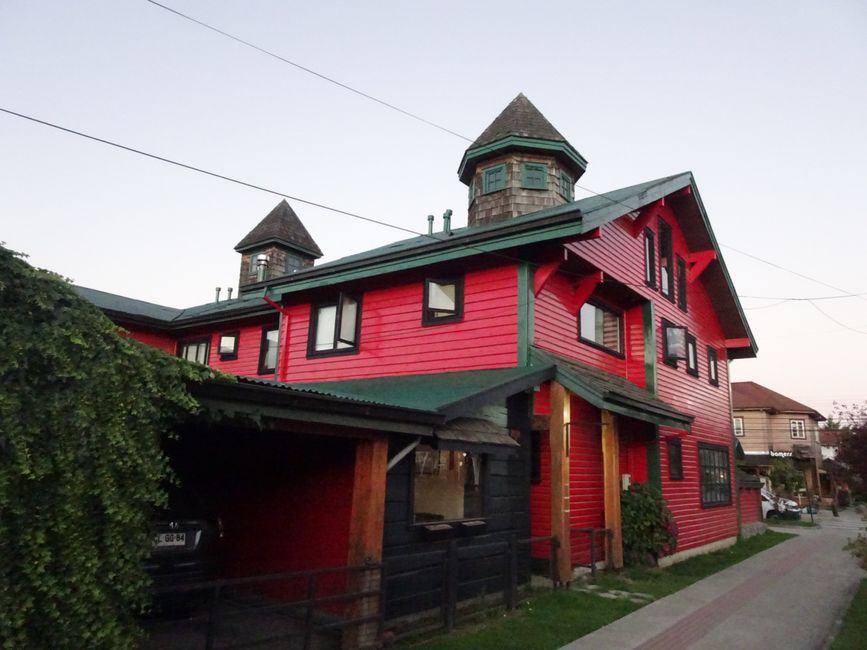
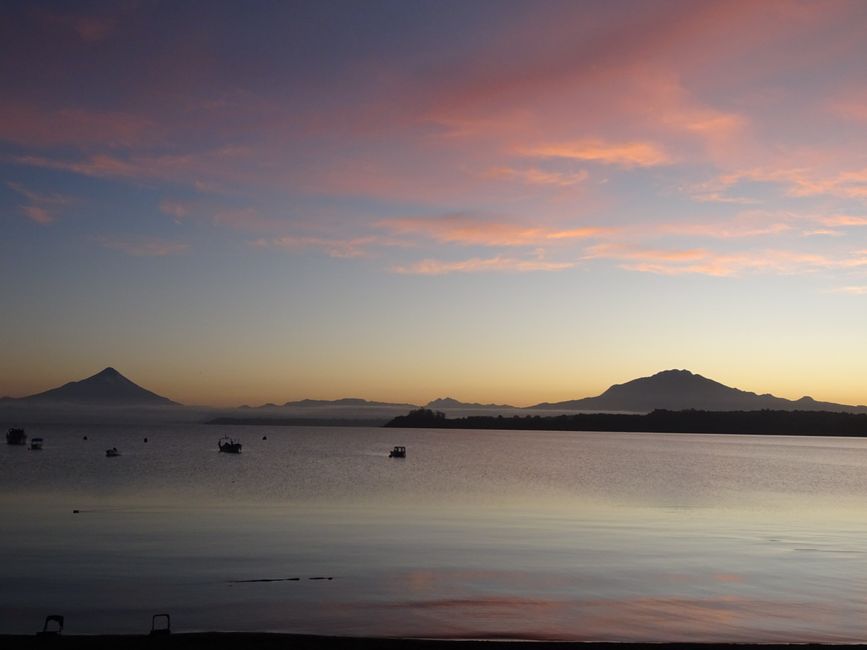
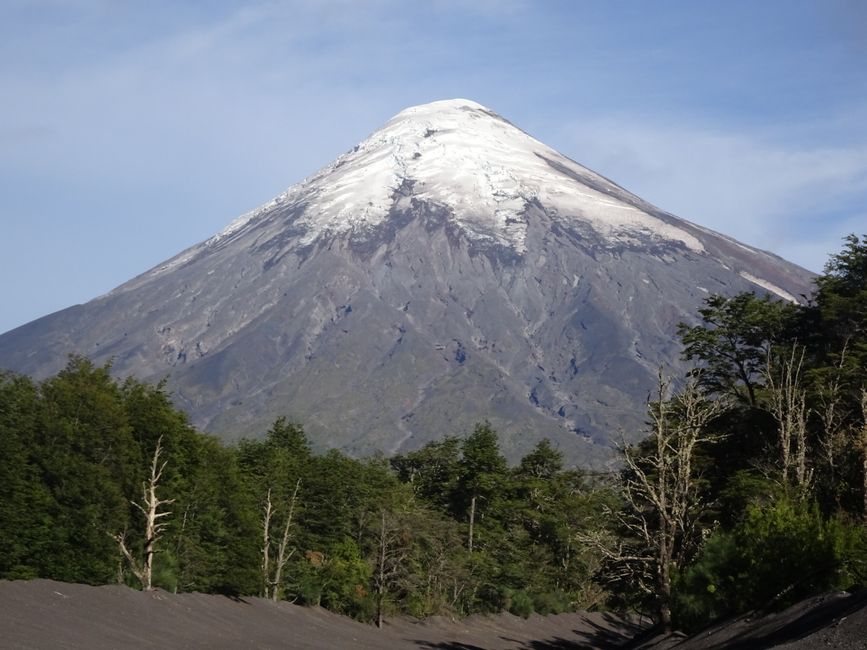
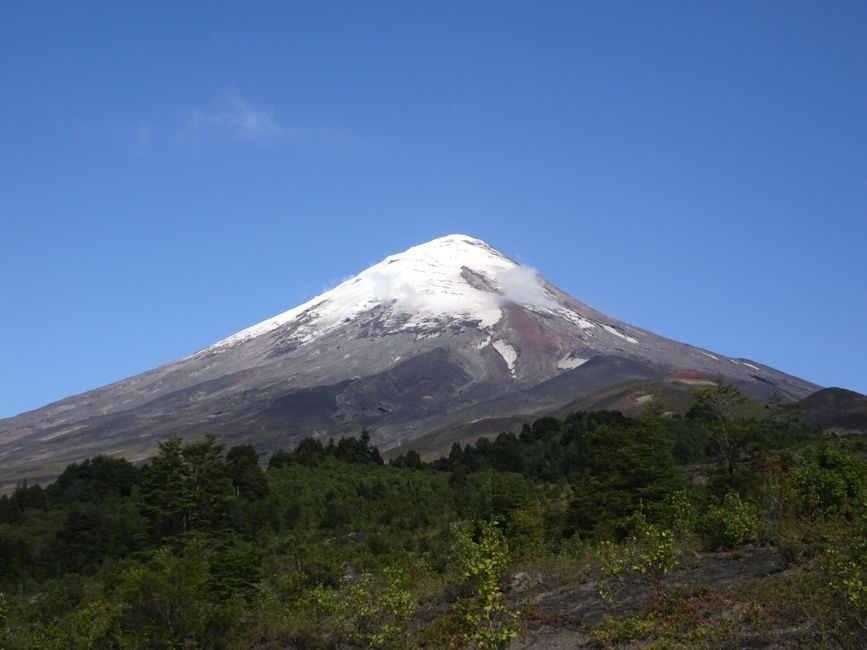
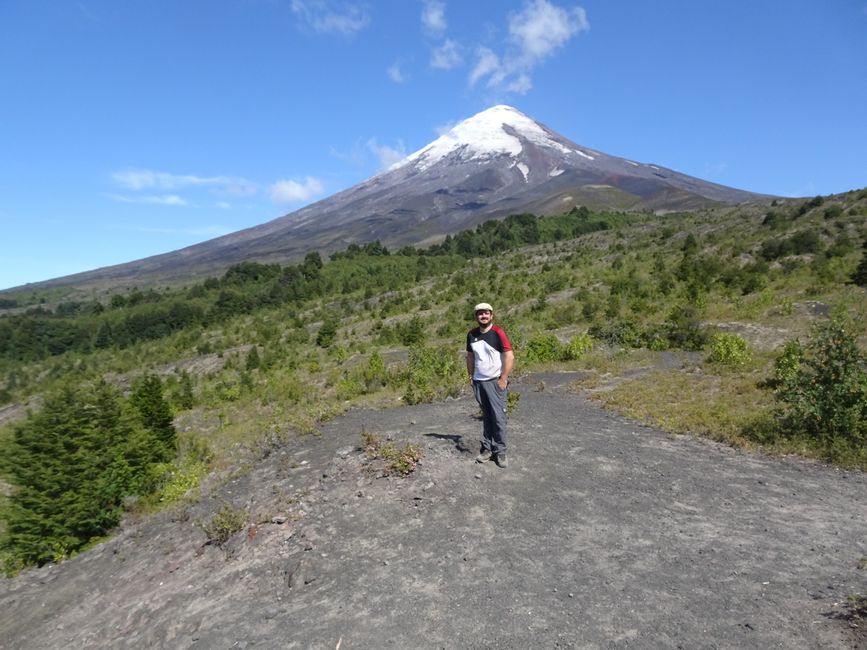
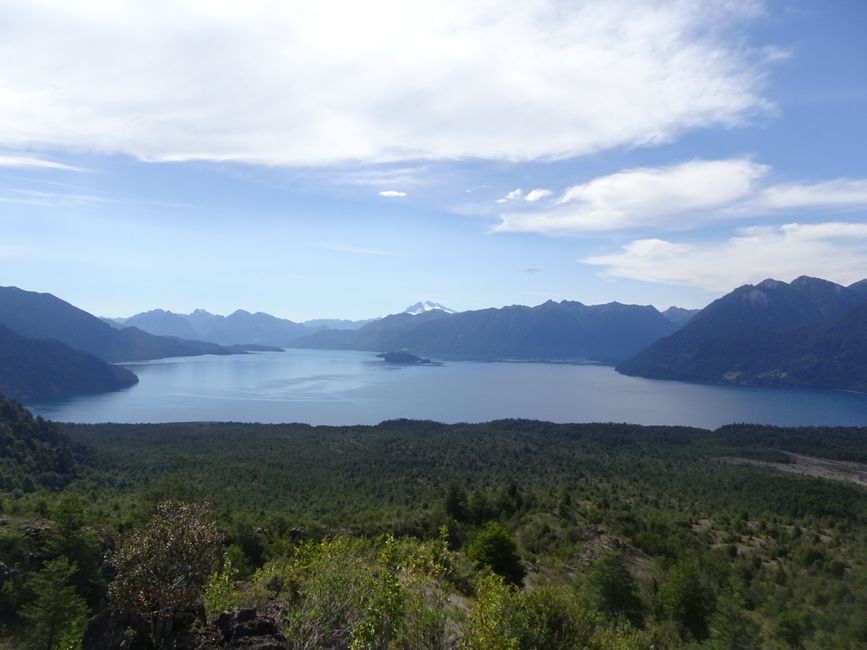
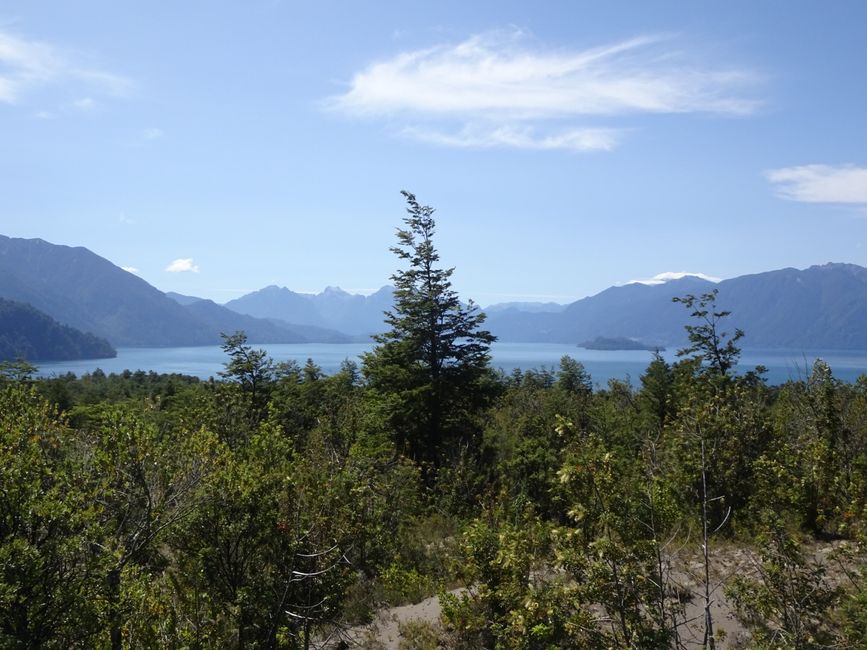
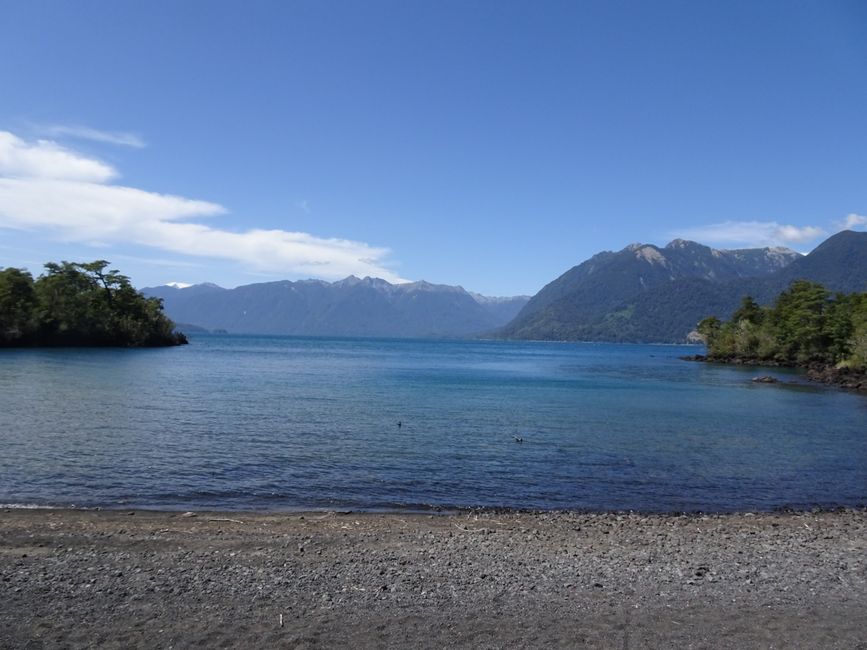
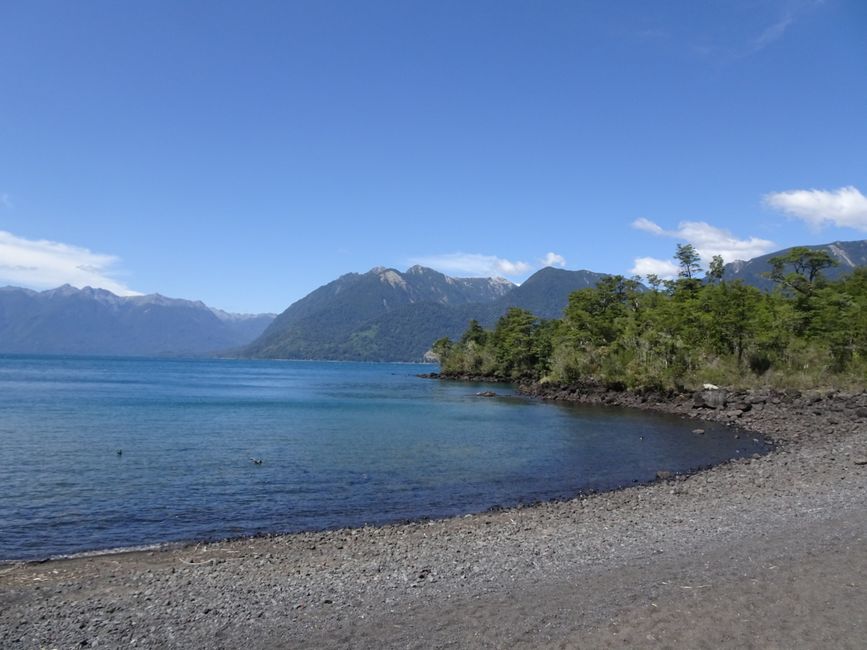
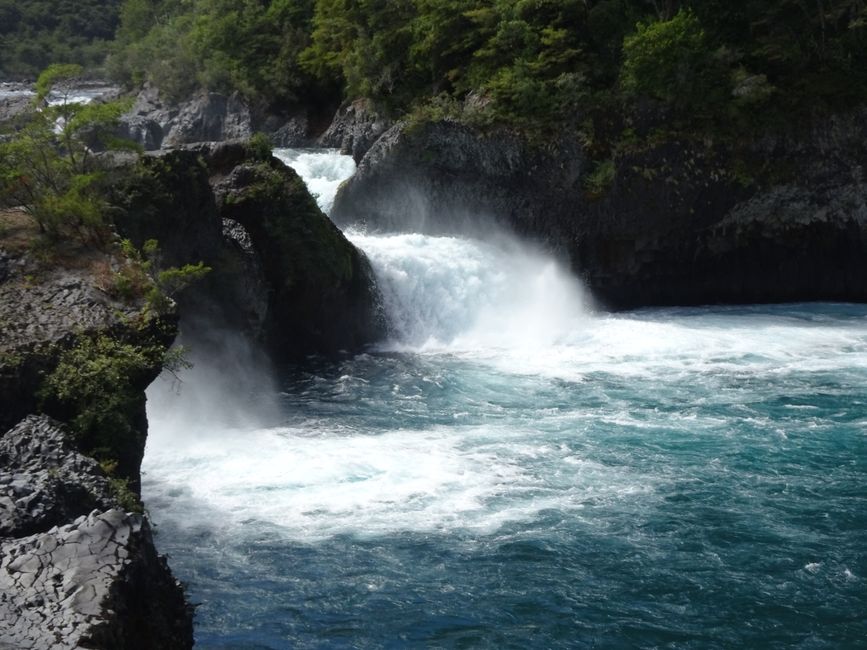
Ақпараттық бюллетеньге жазылу
On 9.2., after a 10-hour direct flight from Auckland, I arrived in Santiago de Chile in the late afternoon. Because I crossed the international date line, this day lasted 40 hours for me, the airplane took off at 8 p.m. on the same day according to New Zealand time! I took a bus and the metro to the city center, where I had booked a private accommodation for the next three nights. When I arrived, there wasn't much time left as I had arranged to have dinner with Lisa and Steffen, whom I knew from New Zealand. In total, there were five of us, as Hannah and Giancarlo were also present, friends of Lisa and Steffen. Hannah is a teacher at the German school in Santiago. I was amazed by the prices, which were higher than I expected. We spent a very nice evening in a Peruvian restaurant, but after two hours I got tired. Back in my accommodation, I fell asleep immediately, but woke up an hour and a half later and remained awake for the rest of the night! The same thing happened to me the next two nights. I had the worst jet lag of my life! Nevertheless, I was able to make good use of the two days in Santiago and explored the city in bright sunshine and temperatures over 32 degrees. The highlights of Santiago are the government building 'La Moneda', which was bombed by Augusto Pinochet during his coup in 1973, the central square including the cathedral, which is called 'Plaza de Armas' as in so many South American cities, and the 'Museo de Arte Precolombiano'. Overall, I liked Santiago a lot, although there are certainly more beautiful cities in South America. Generally, everything is well organized and the city has a very orderly appearance. The traffic is manageable and cars stop at a pedestrian crossing! Unthinkable in other South American countries! Unfortunately, Chilean Spanish is very unclear and fast and I found it difficult to understand people.
On 12.2., I took a bus to the sea in the city of Valparaiso, which is usually only called Valpo by Chileans and is certainly one of the most beautiful cities in the country. I spent the first evening there with Lisa, Steffen, and Hannah, and the following two days I caught up on sleep and visited the city. The temperatures were summery, but not as hot as in Santiago. The city center of Valparaiso extends over several hills, many houses are painted in colorful colors or decorated with colorful graffiti. In fact, I have probably never seen such a colorful city before. Valparaiso was also the favorite city of the most famous Chilean writer, Pablo Neruda. After three relaxing days there, I returned to Santiago and took a bus to Santa Cruz in the Colchagua Valley, one of Chile's most important wine regions. The town made a very pleasant impression on me immediately and my hostel was beautiful. The next day, I rented a bicycle to visit the vineyards and wineries in the region. I was also able to do a small wine tasting at three wineries. Chilean red wines are excellent and the price-performance ratio is probably better than in Europe. Unfortunately, wine tastings here, unlike in Europe, are not free. Nevertheless, it was a very successful trip.
On 17.2., my first long bus journey in Chile took place, a nine-hour journey from Santa Cruz with a transfer in the much larger San Fernando to Pucón in the so-called 'Little South', picturesque located at Lake Villarrica and the volcano of the same name. For those who have never been to Chile: Chile is usually divided into five parts from north to south: the Great North, the Little North, Central Chile with Santiago, the Little South, and the Great South. Overall, Pucón was a bit too touristy for me and it was more expensive than Santiago or Valparaiso. On my entire journey, I have never seen such a crowded beach as the one there at Lake Villarrica. When I wanted to go swimming, I asked a family if they could watch my things for a moment. When I came out of the water after a short swim (the water was quite cold), I started talking to the people, the family was from Argentina, from Buenos Aires. When I told them that I come from Germany, the woman in the family said that her grandfather was German and emigrated from Germany to Argentina in 1945! I didn't ask any further questions! The next day, I took a hike in the nearby El Caní National Park. There, I enjoyed beautiful views of the Villarrica volcano and two other volcanoes.
On 20.2., I continued to the island of Chiloé, the second largest island in Chile and all of South America after Tierra del Fuego. The island is located close to the mainland and the bus drives onto the ferry. I had booked a room in a hostel in the wonderful town of Ancud for three nights. In the morning of the following day, I went on a tour to a penguin colony on the Islotes de Puñihuil with Raul, the owner of my hostel, where you can observe Magellanic and Humboldt penguins from a boat on several small islands. Seals, cormorants, and many other seabirds also live there. I spent the afternoon in Ancud in the city. Ancud is very cozy, there are many nice corners and a beach where the brave can swim. The water is almost never warmer than 13 or 14 degrees here. After having good weather on Chiloé so far, an island with about 300 rainy days a year, the weather changed the next day. The sun was hardly visible and it rained lightly from time to time. I explored the island with public buses and changed in the island's capital Castro to get to the neighboring island of Quinchao. There, I visited the places Achao with its beautiful wooden church and Curaco de Veléz. The wooden churches of Chiloé are part of the UNESCO World Heritage. Back on the main island, I also visited the church in Dalcahue and tried curanto, the island's regional specialty, at a food stand without knowing what it was. I got a plate with two different types of mussels, pork roast, sausage, potatoes, and potato dumplings. It sounds quite adventurous, but it tasted excellent. Afterwards, I went to Castro, visited the city center and the palafitos, houses with their fronts on stilts in the sea, the landmark of Chiloé Island.
On 23., I finally left the island to go to Puerto Varas on Lake Llanquihue. I wanted to go there mainly to take a trip to Vicente Perez Rosales National Park, the oldest national park in Chile, and to go hiking there. When I looked around the city, I was pleasantly surprised. I had been warned that the city would be like Pucón, but only a small part of the city center was really touristy. There, for example, is a restaurant called Club Alemán, where you can eat bratwurst, Kassler with sauerkraut, and Cordon Bleu! I swam in the lake and exchanged Chilean pesos for US dollars at a currency exchange office, which I would need for Argentina. But more on that in a few days in the Argentina blog. The next day, I admired the sunrise over the lake and then drove into the national park, where I went on a long hike and got very close to the Osorno volcano. The Osorno is truly a volcano like from a picture book! The second part of the route passed directly along Lake Todos Los Santos (All Saints Lake) for a long time. There are dreamy beaches there. Unfortunately, bathing is prohibited in the national park. Overall, it was one of my most beautiful hikes and I encountered only six other hikers on the entire route of 18 kilometers. Afterwards, I took a bus a part of the way towards the exit of the national park to see the Petrohué Waterfalls, the most photographed motif in the national park. As beautiful as the waterfalls are, there were too many people for me. On the next day, the 25.2., I left Chile and headed towards Argentina. A few days later, I wanted to return to Chile in the southernmost part of South America.
My impression of Chile is very positive. In this country, things seem to work better than in other South American countries and the standard of living is relatively high. Unfortunately, this also affects prices. Bus journeys and accommodations are slightly cheaper than in Germany, restaurant prices are roughly the same, and supermarkets are more expensive. The people are very friendly, helpful, and curious, but never intrusive. Furthermore, Chile is a fairly safe travel destination, probably the safest country in South America along with Uruguay. For Latin America newcomers, it is certainly a good idea to travel to Chile first.
Ақпараттық бюллетеньге жазылу
Жауап
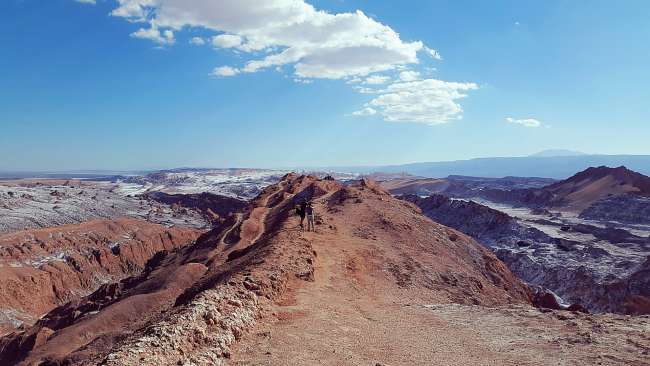
Саяхат есептері Чили
